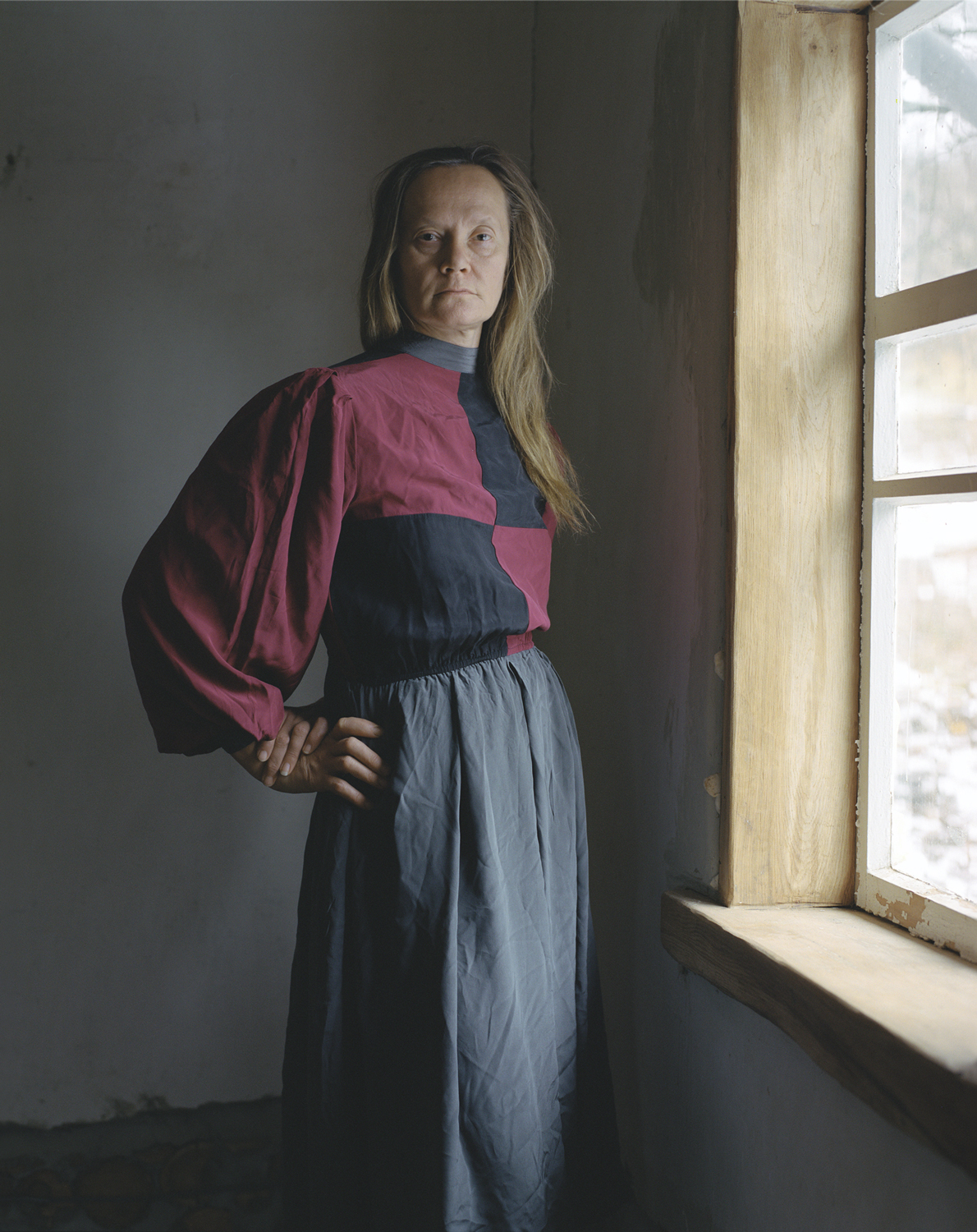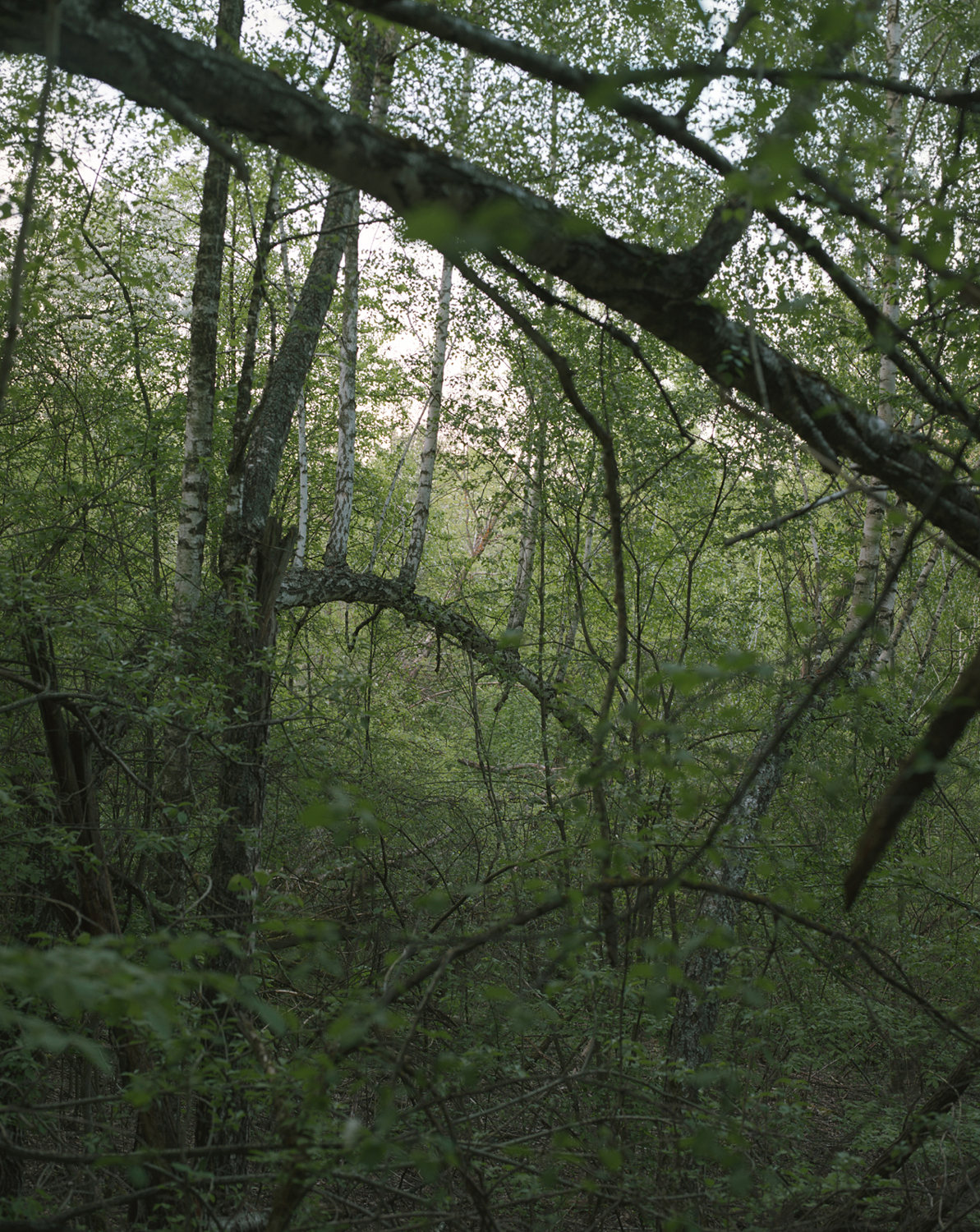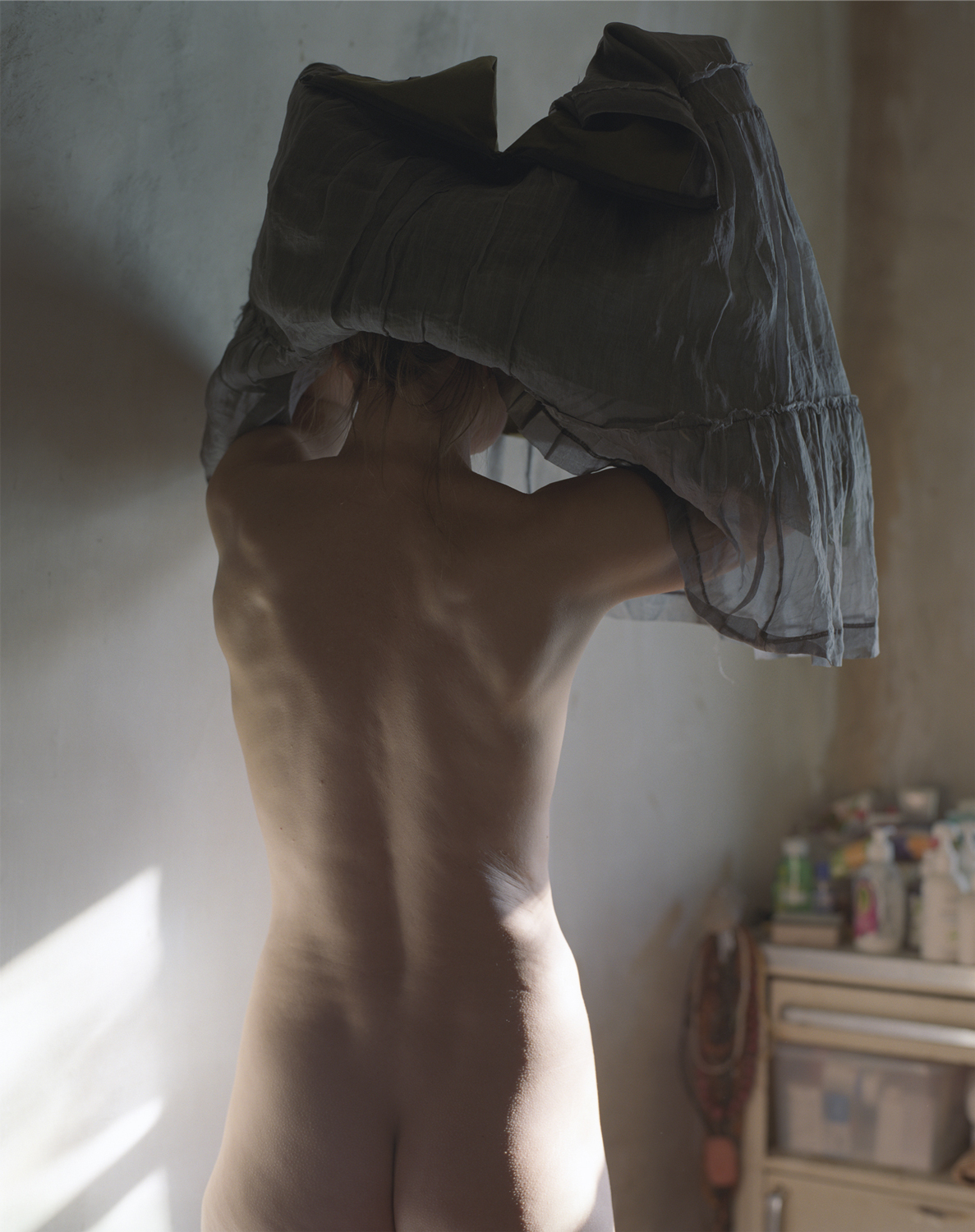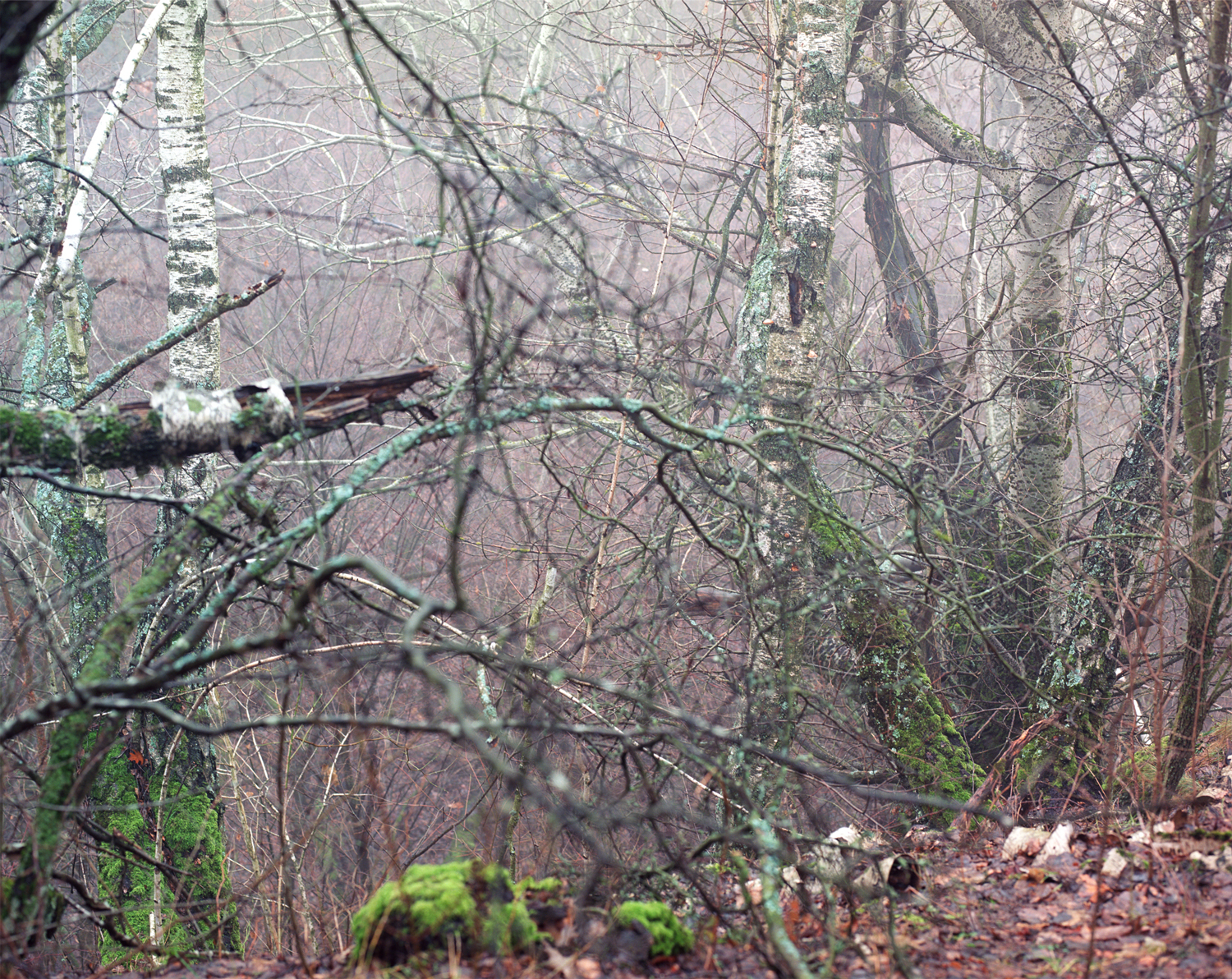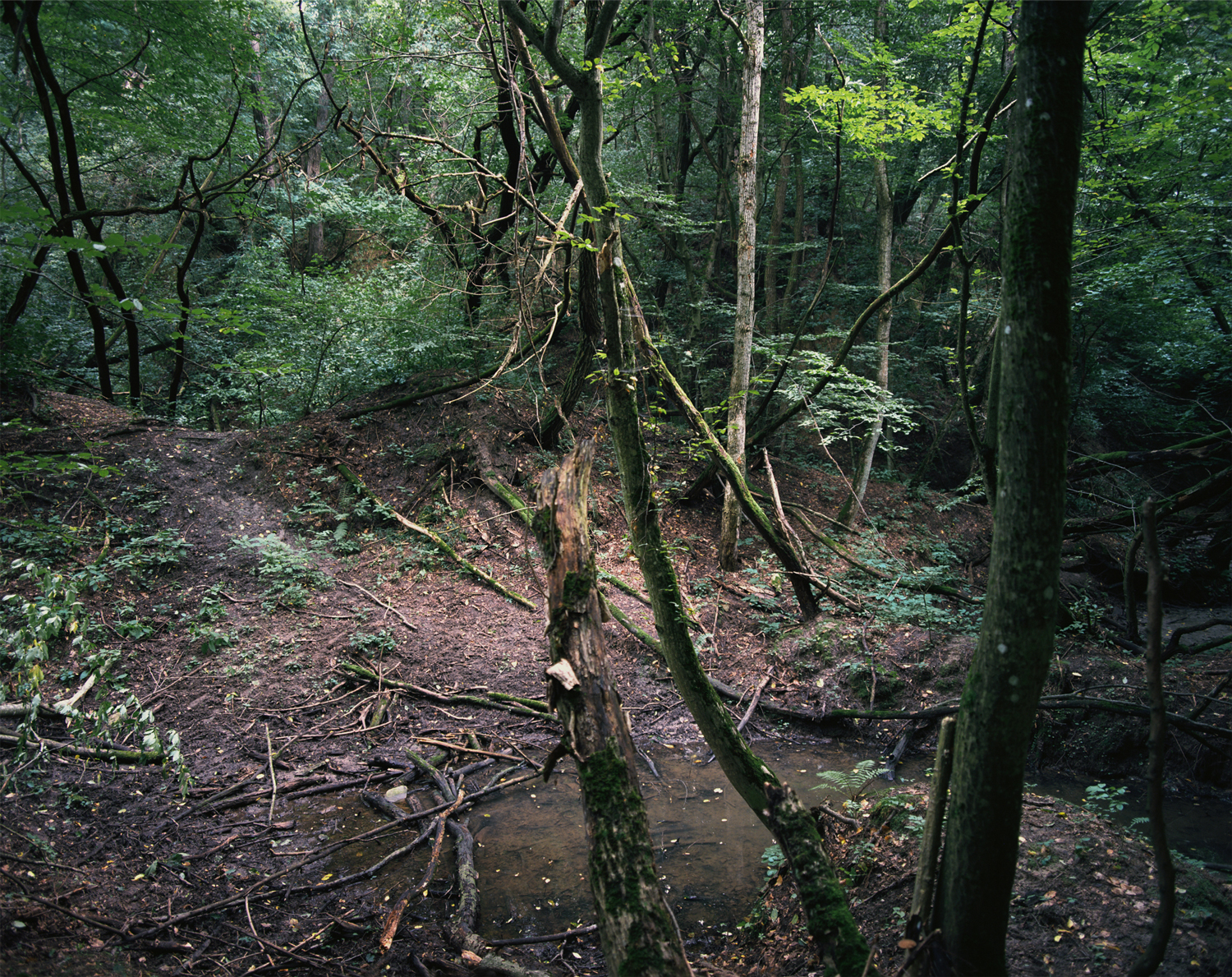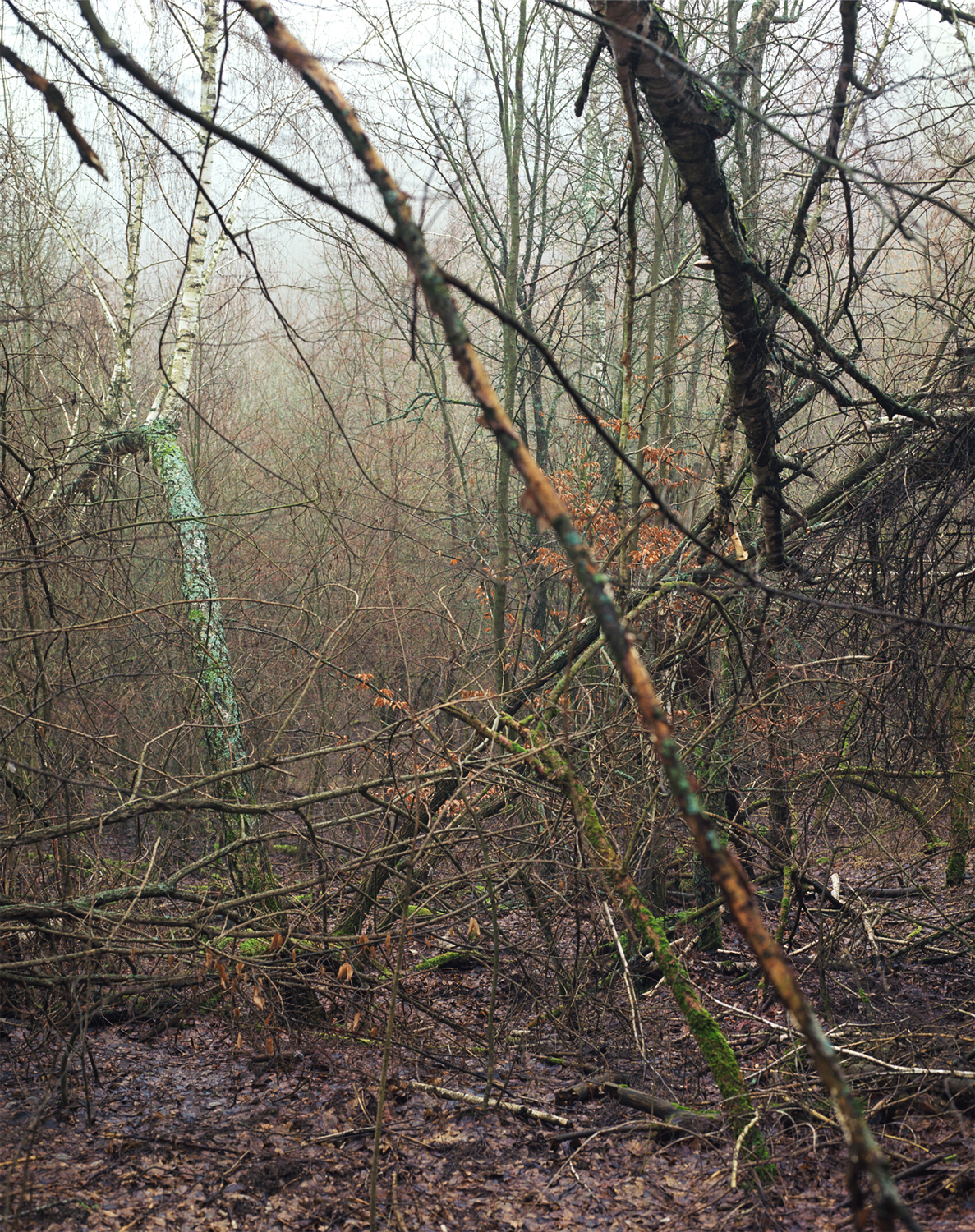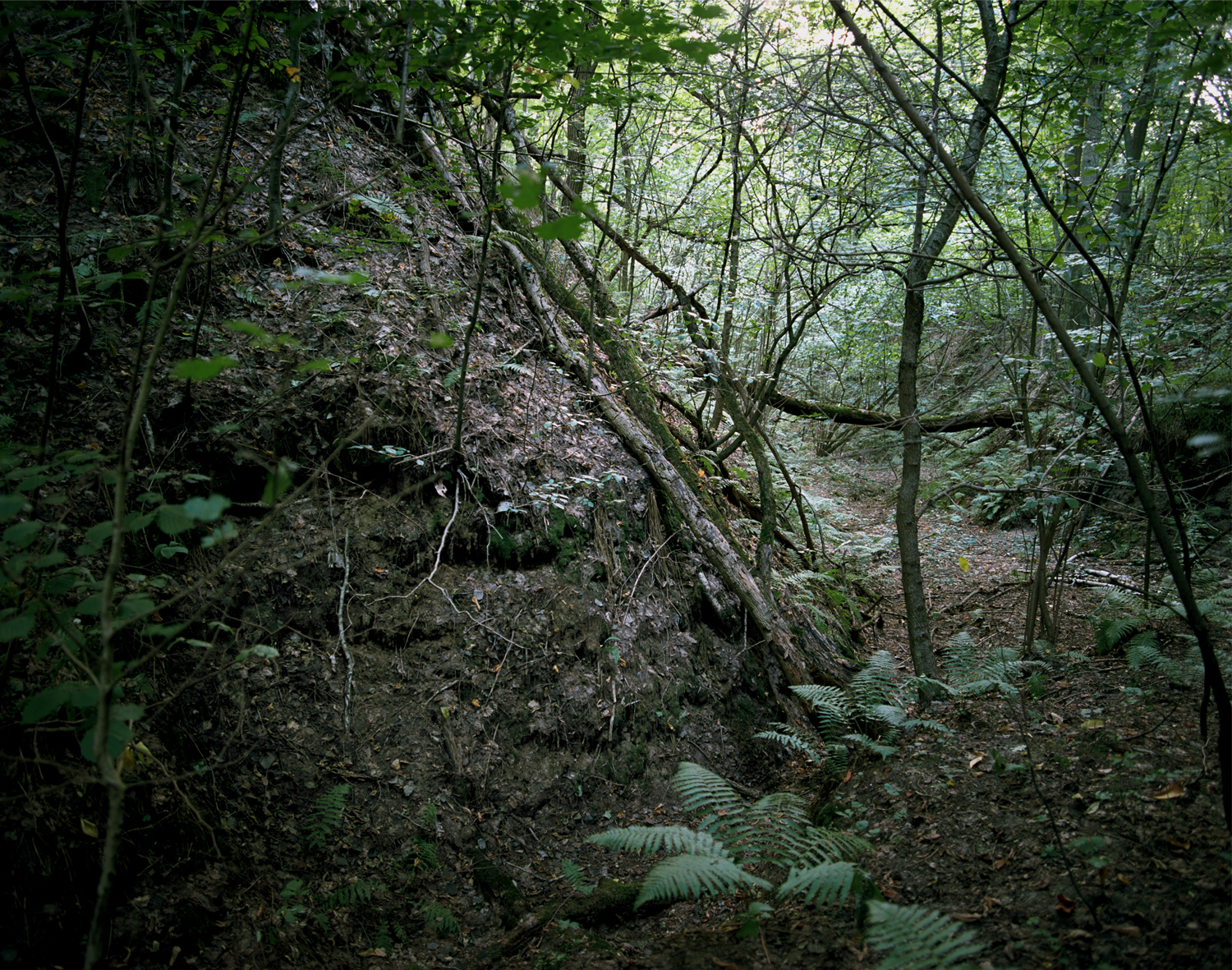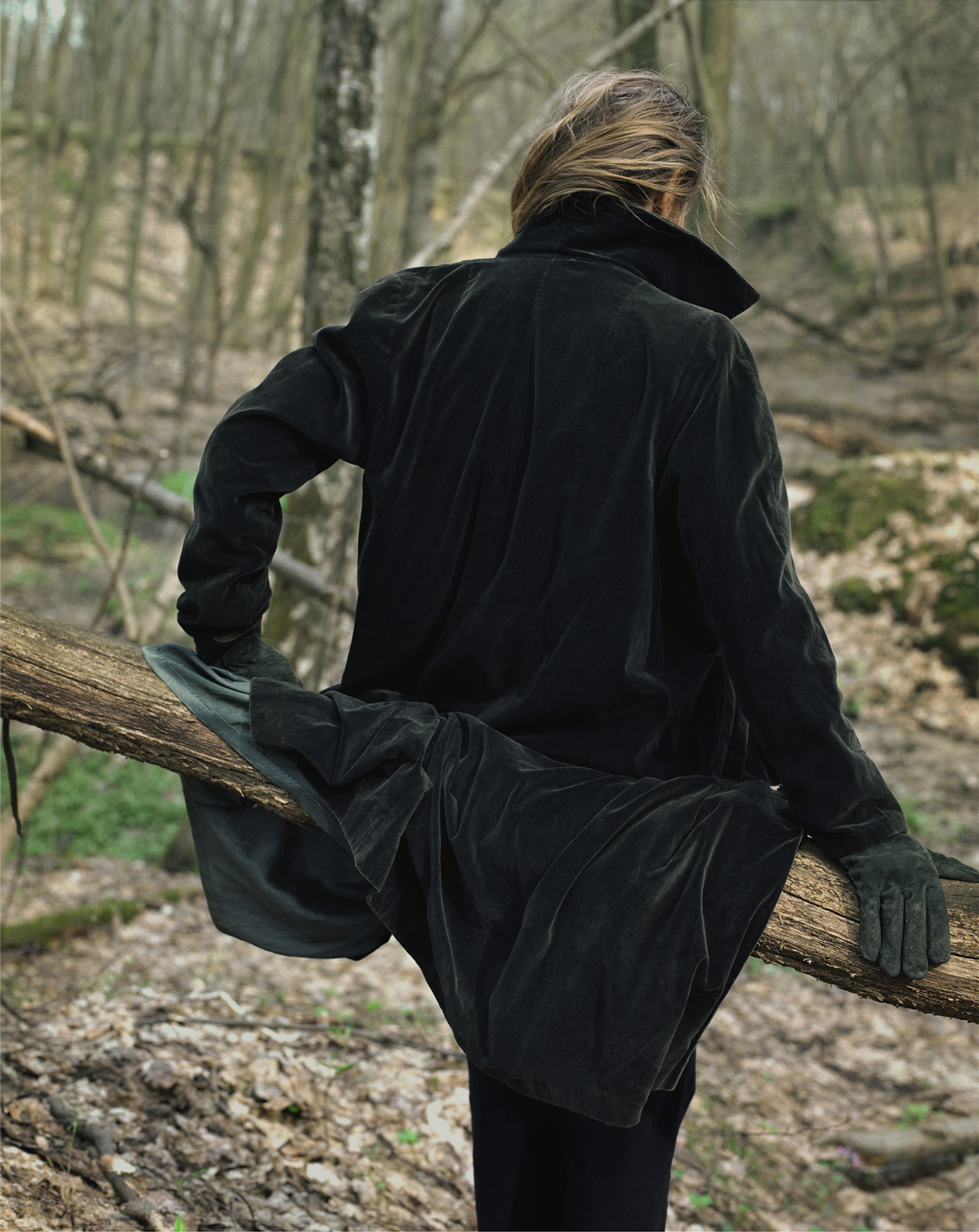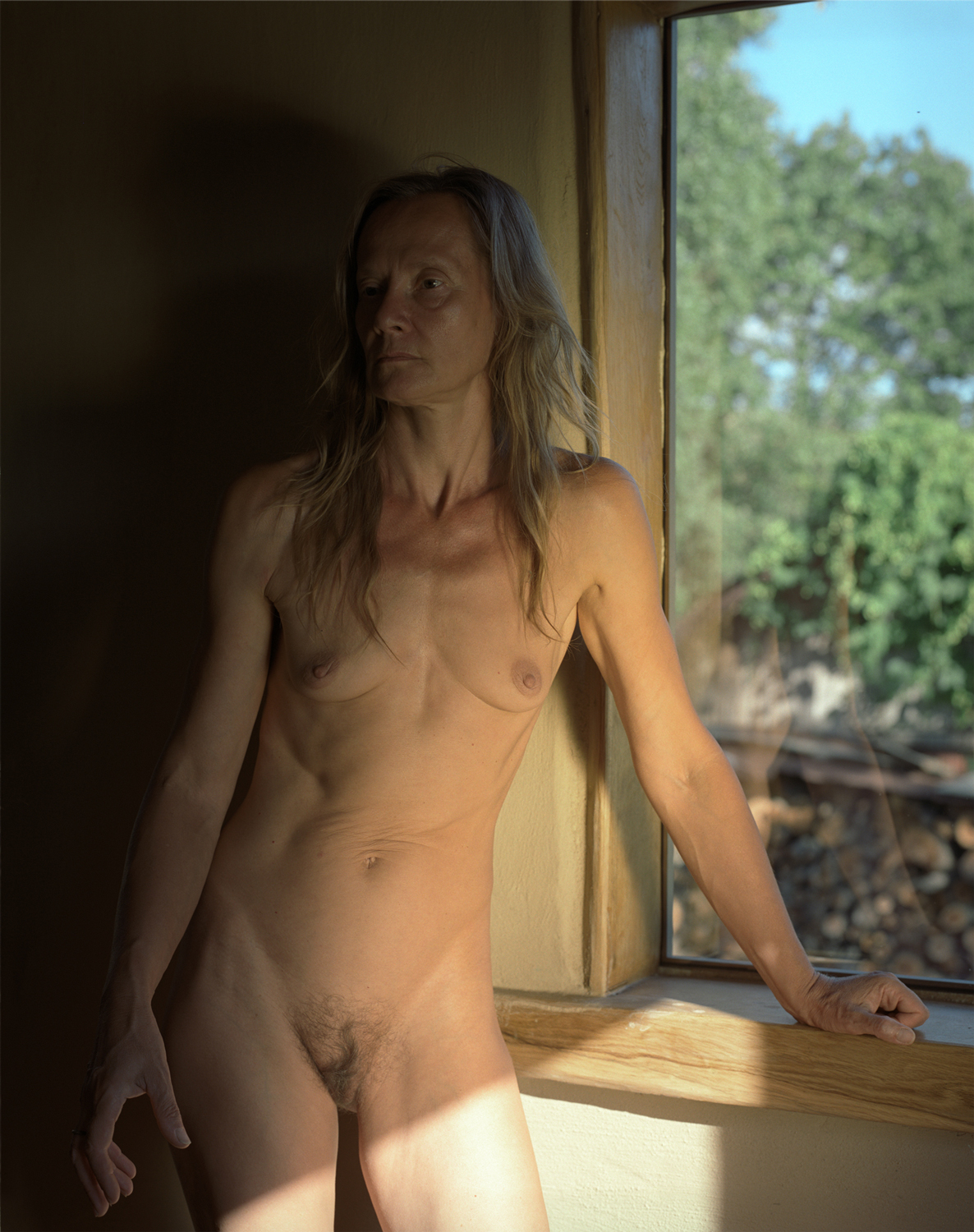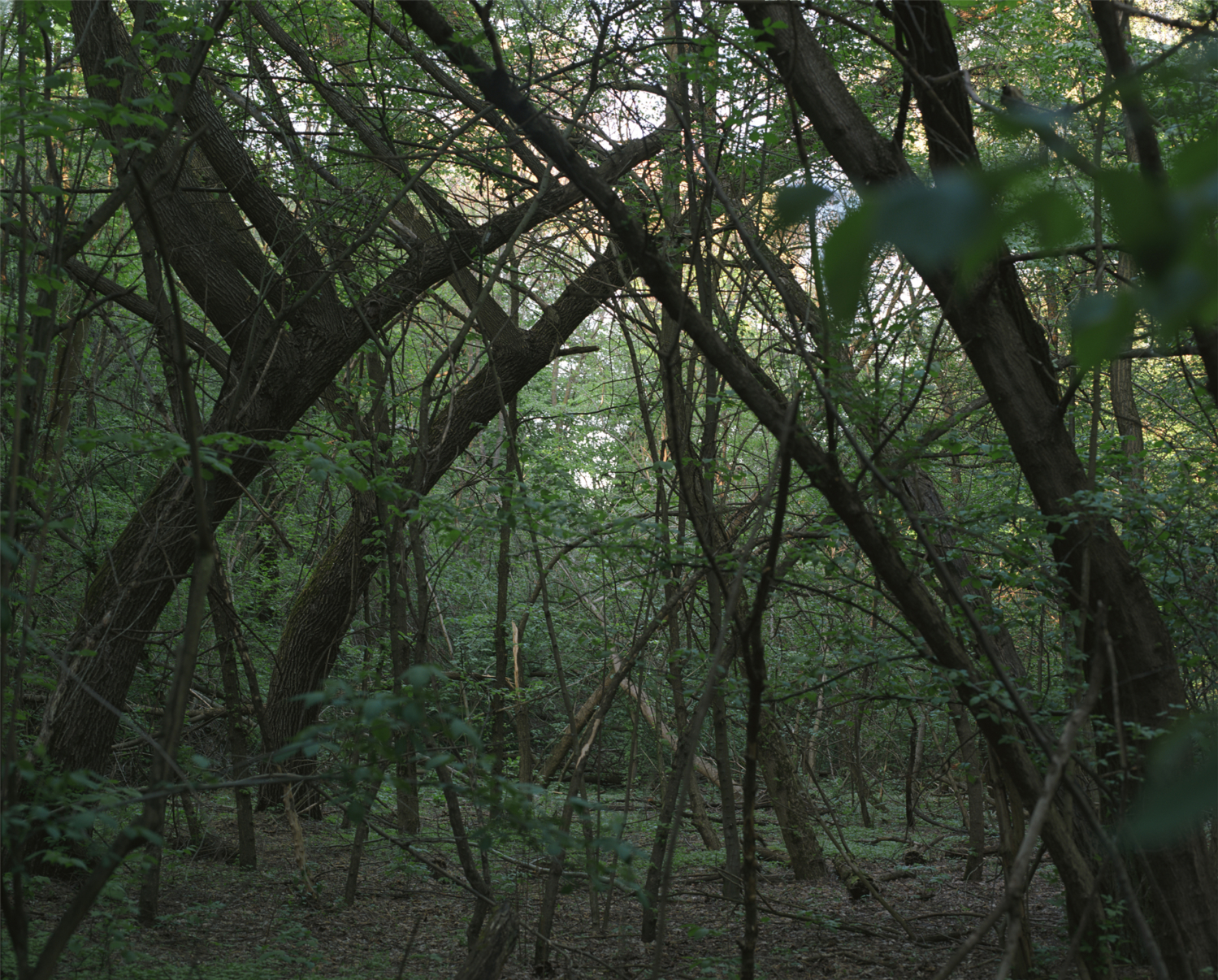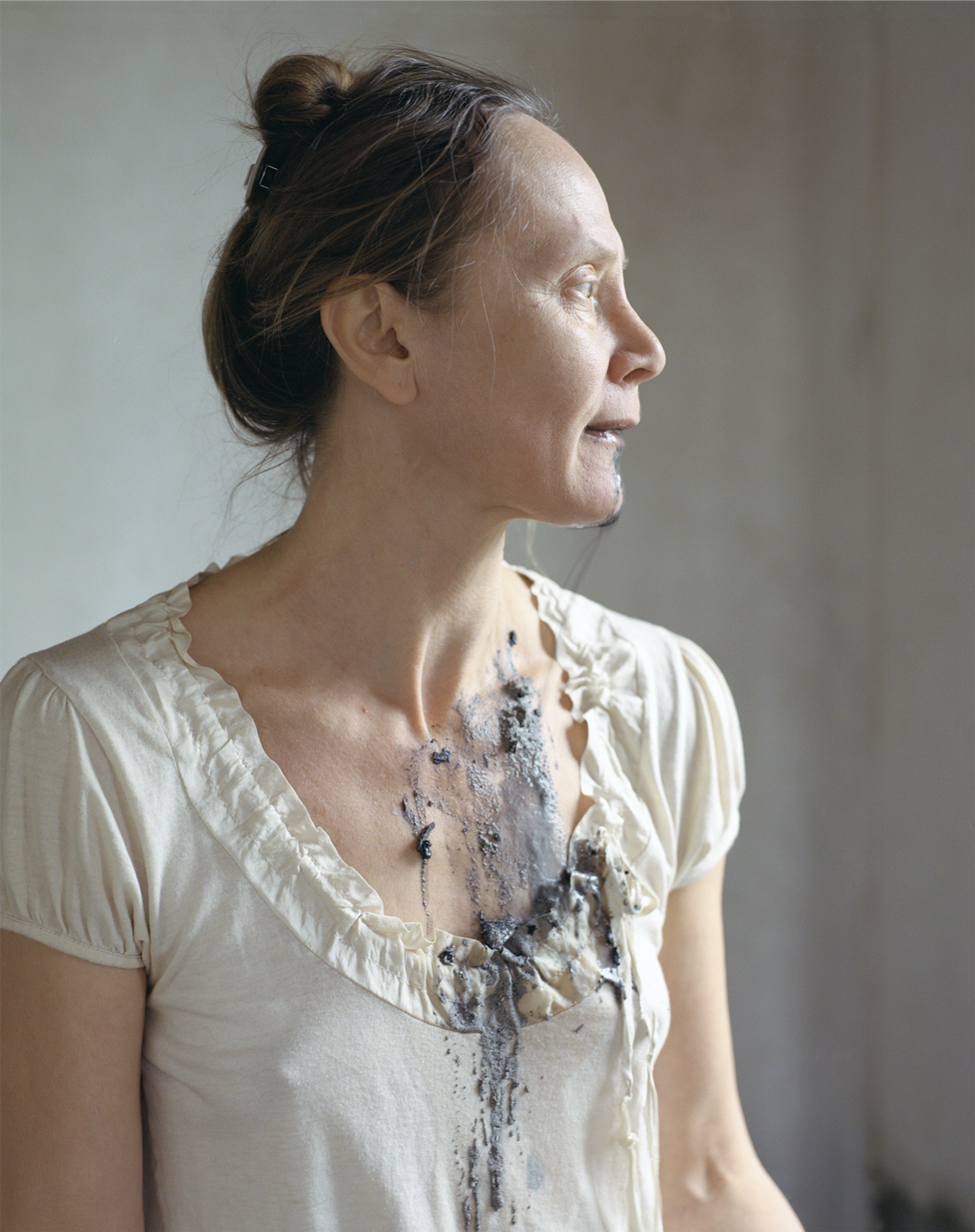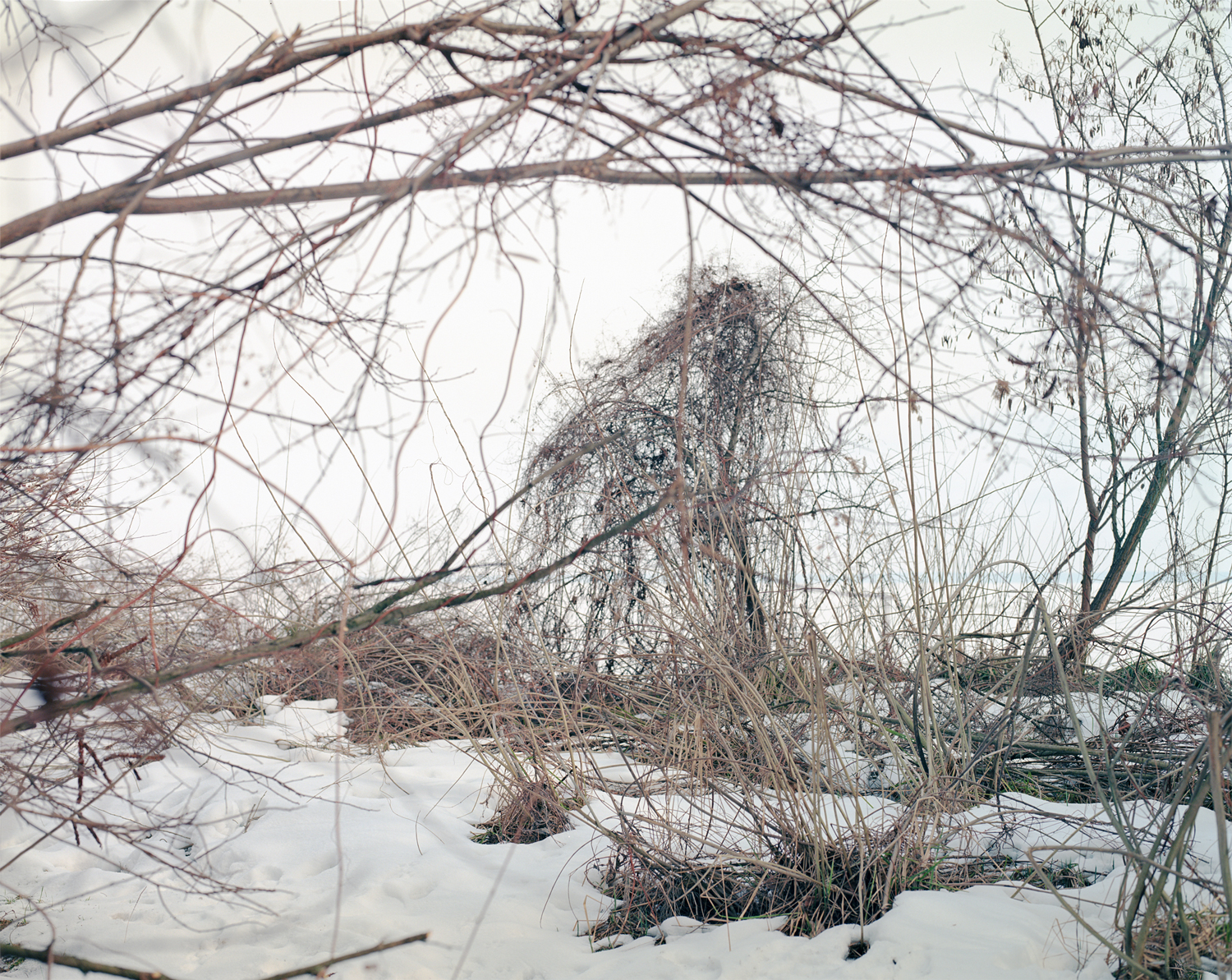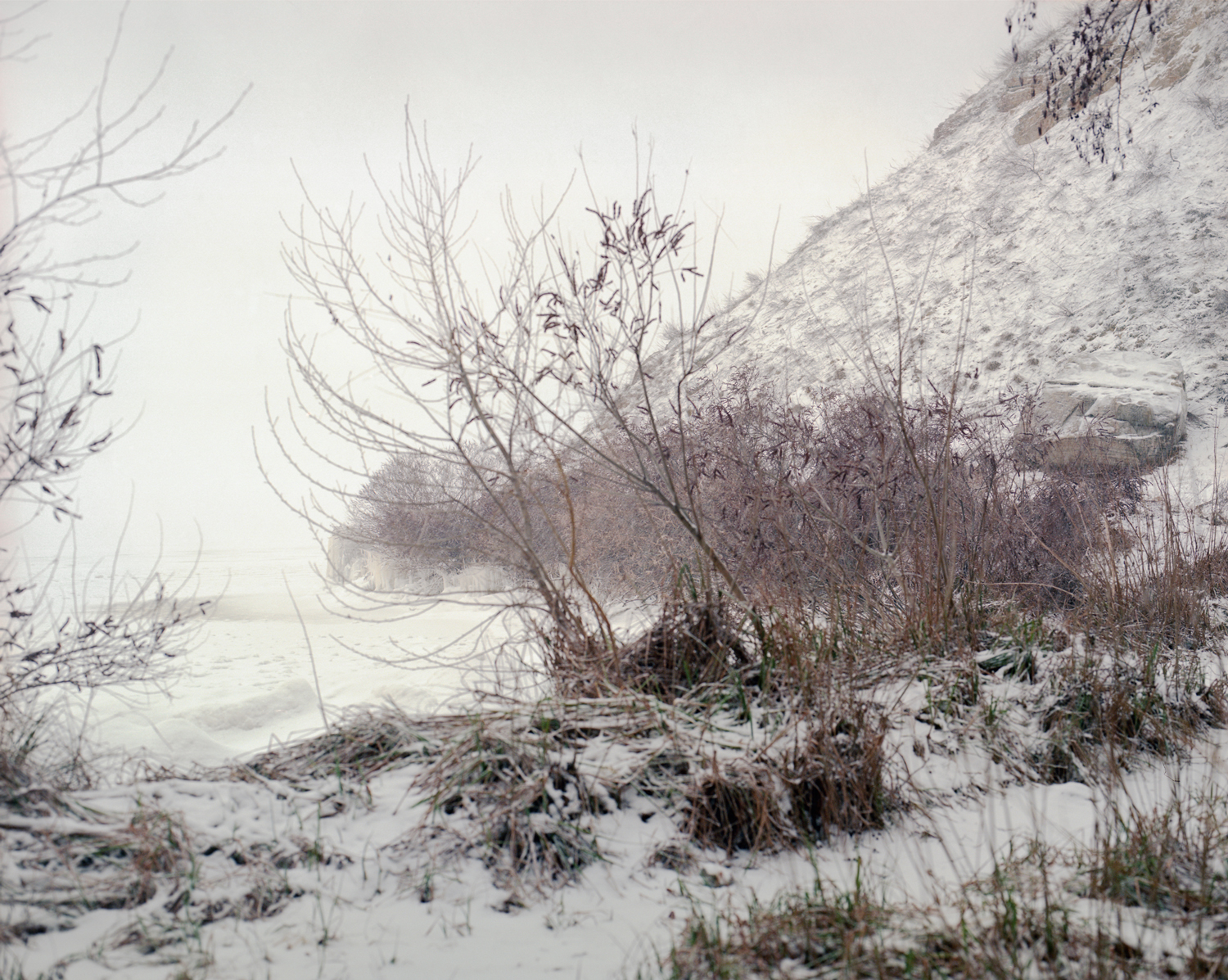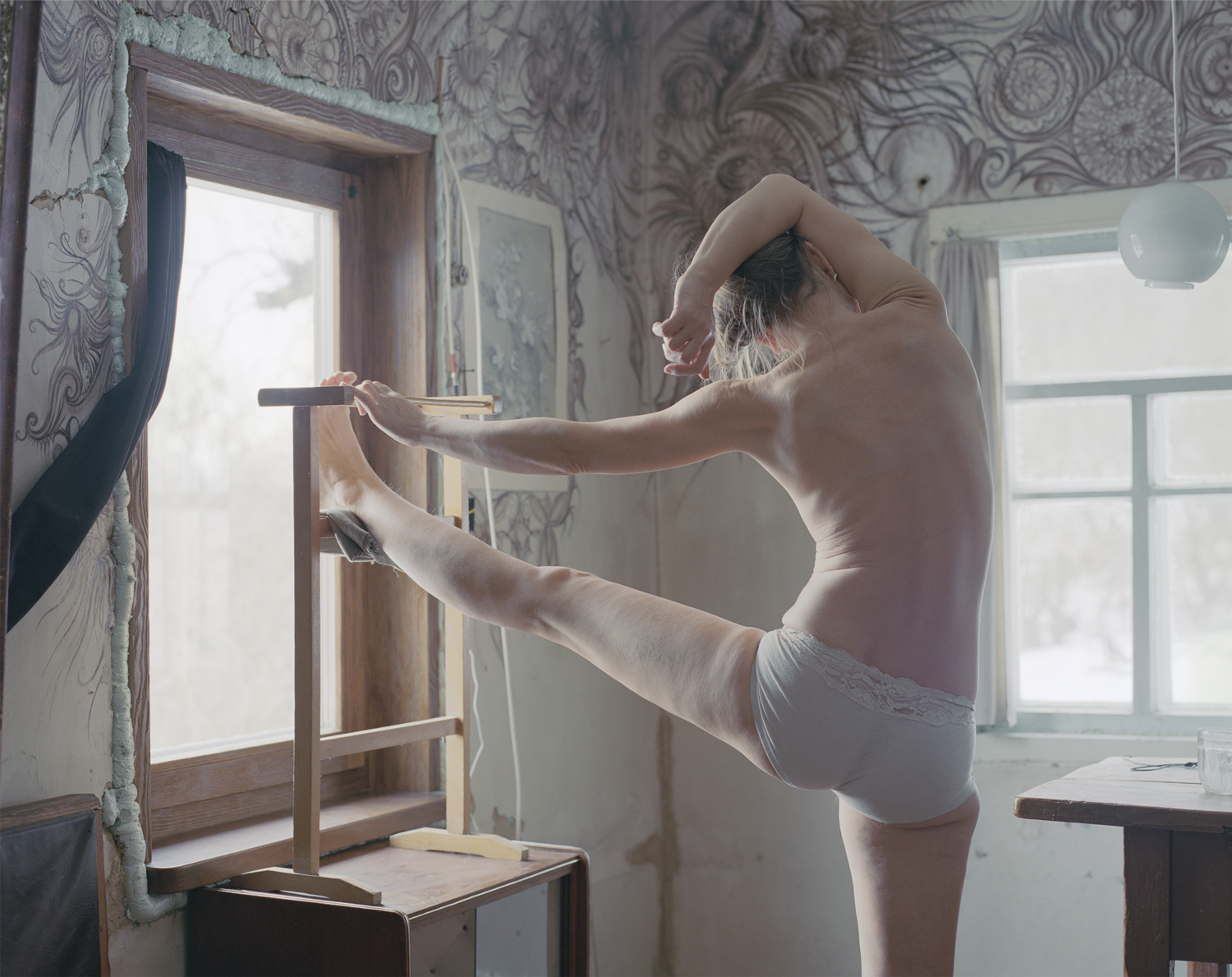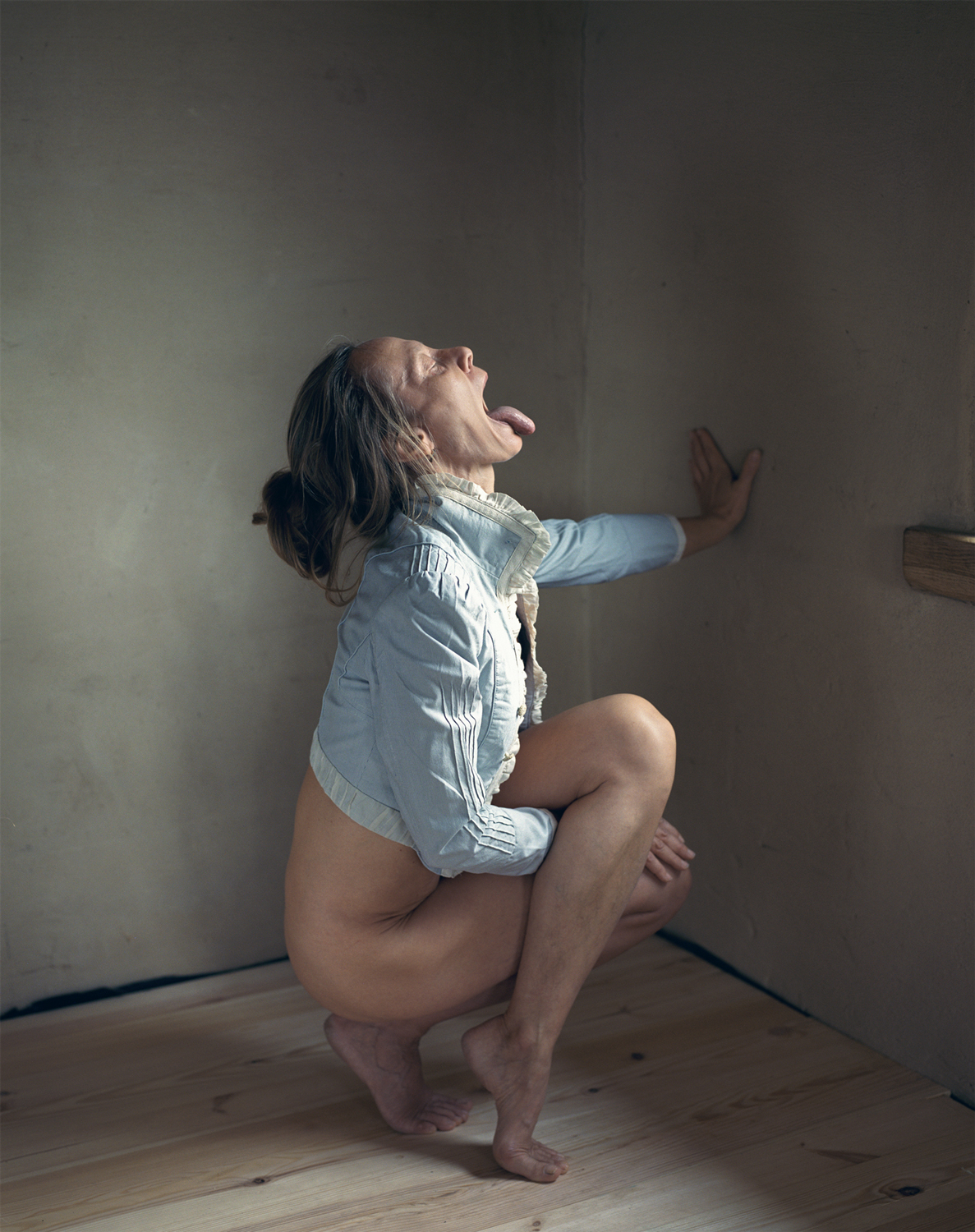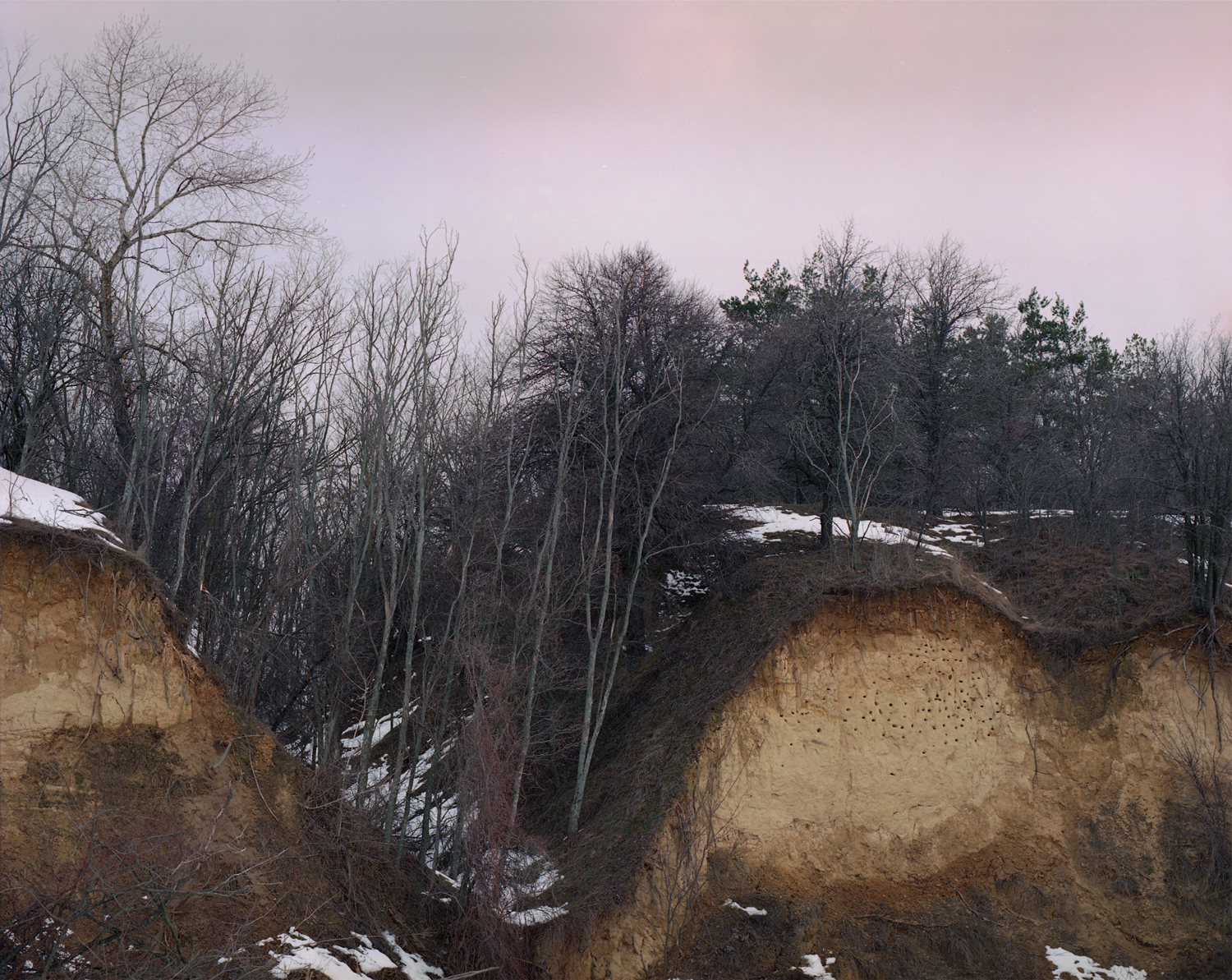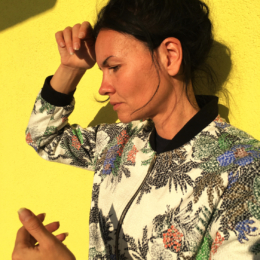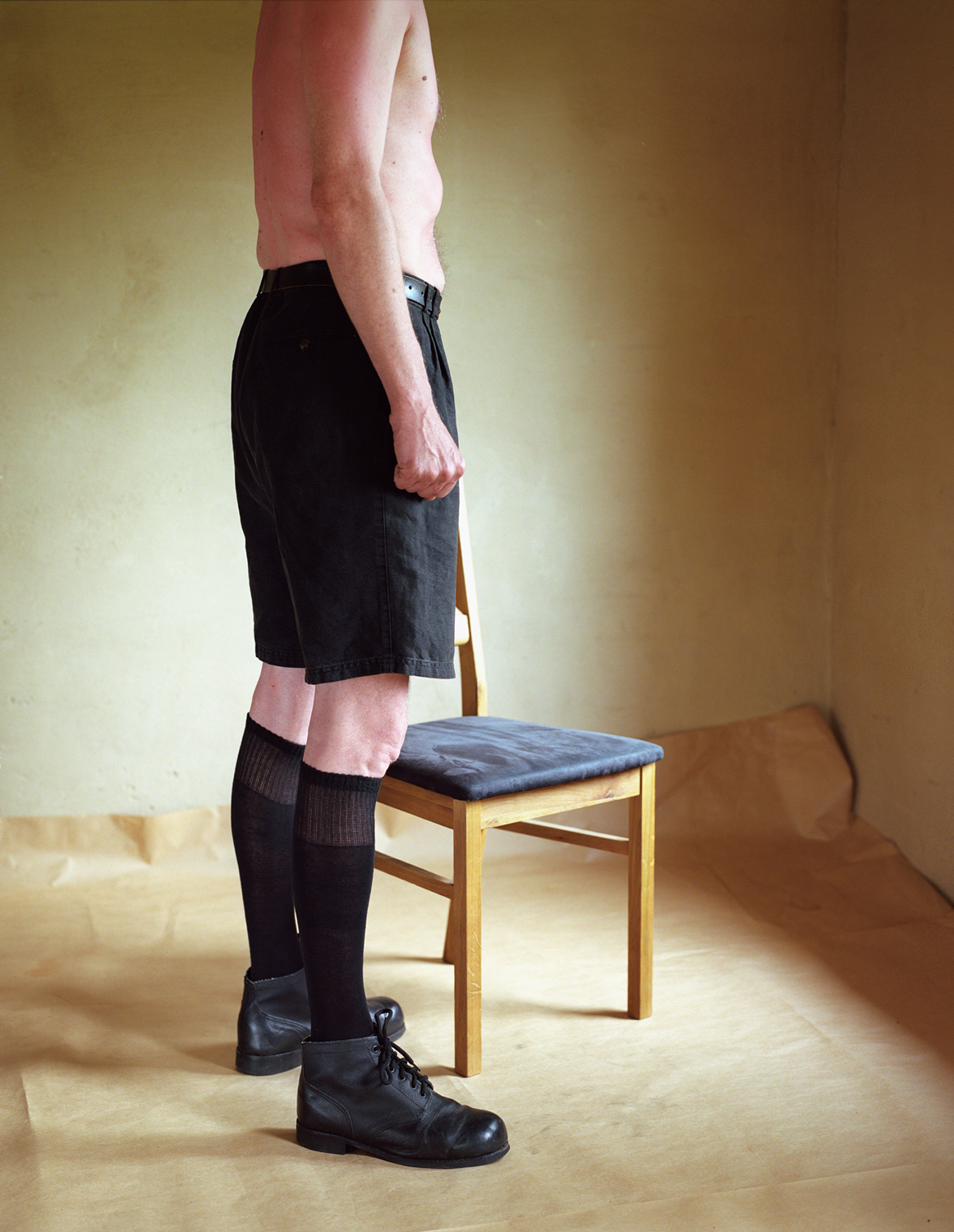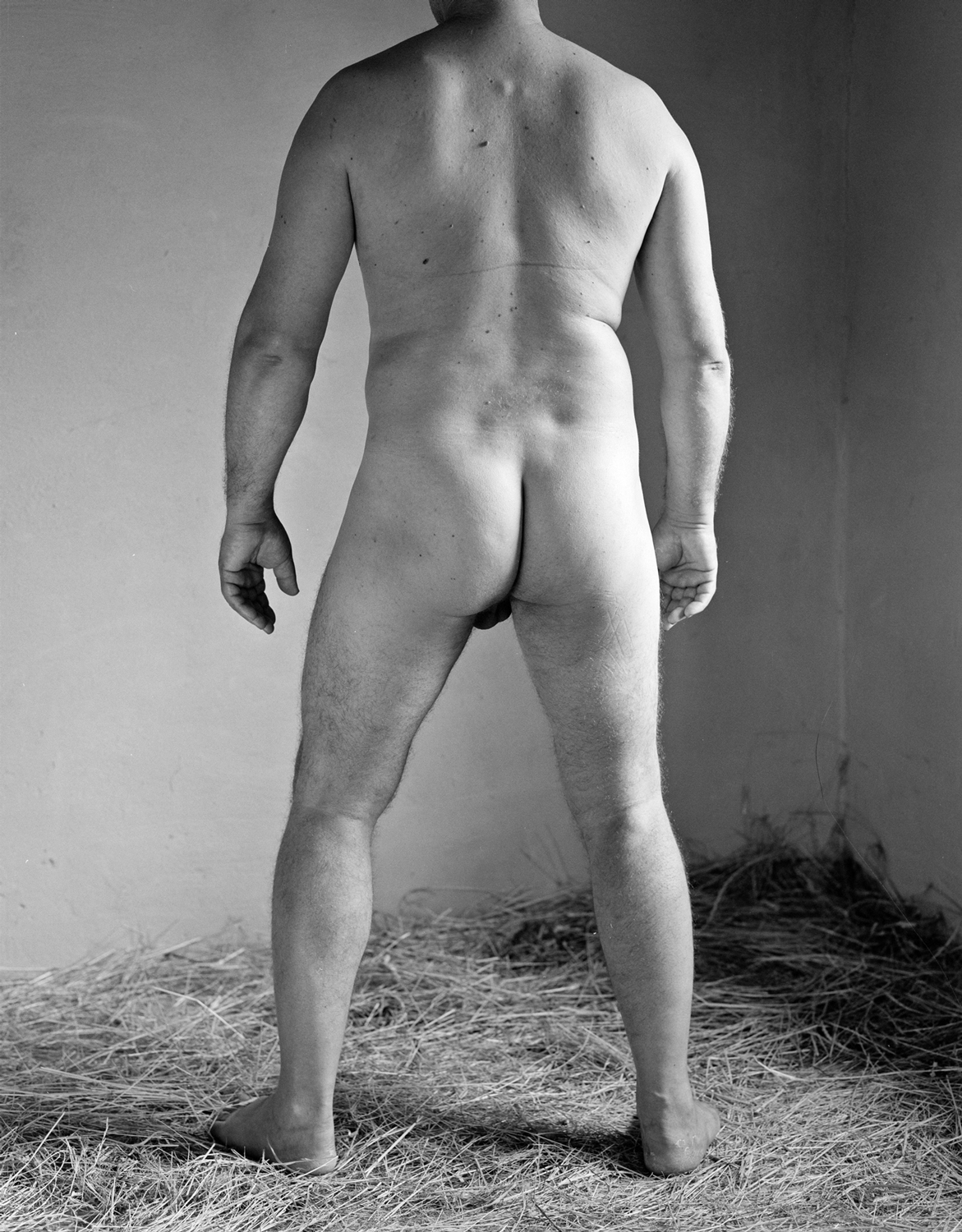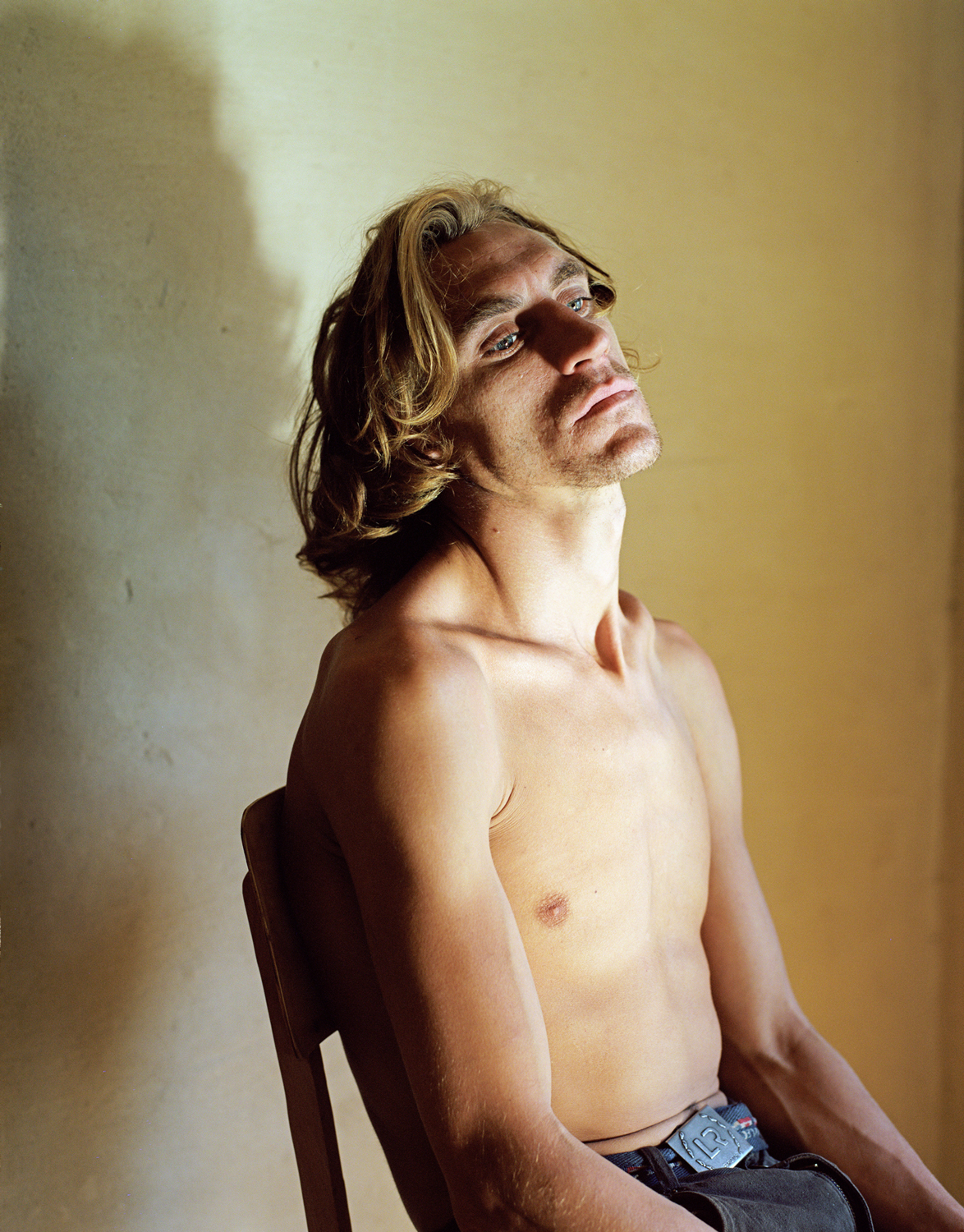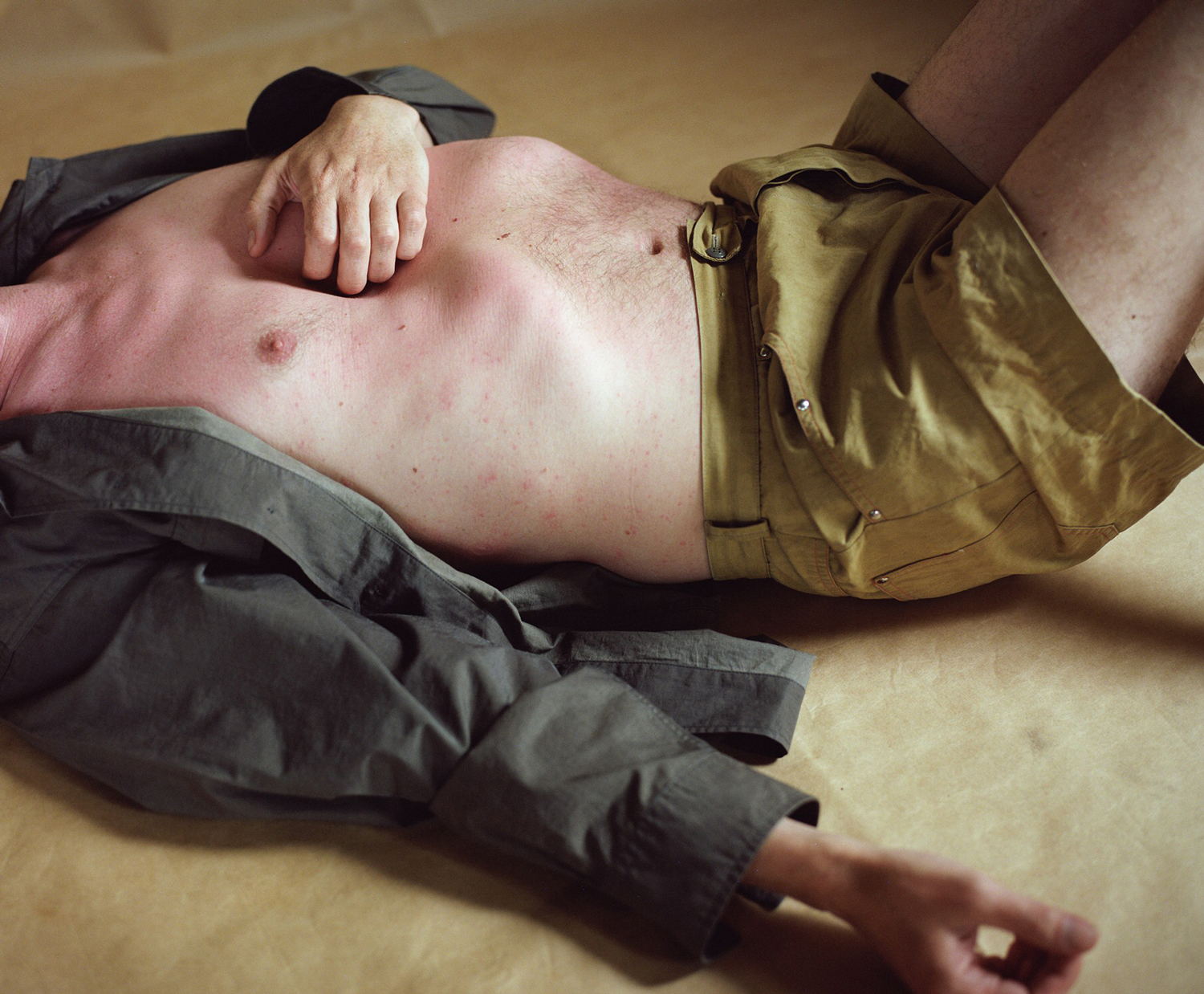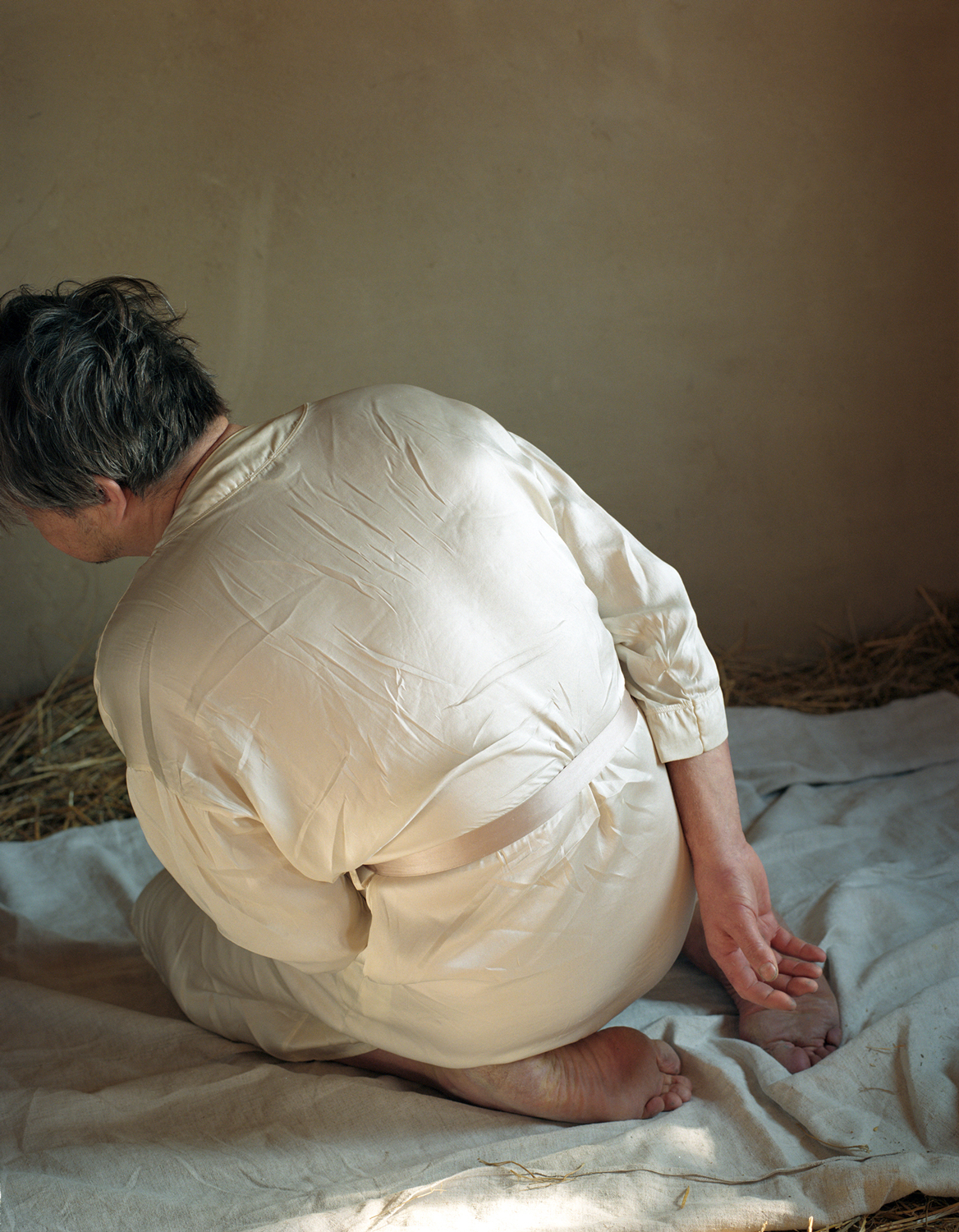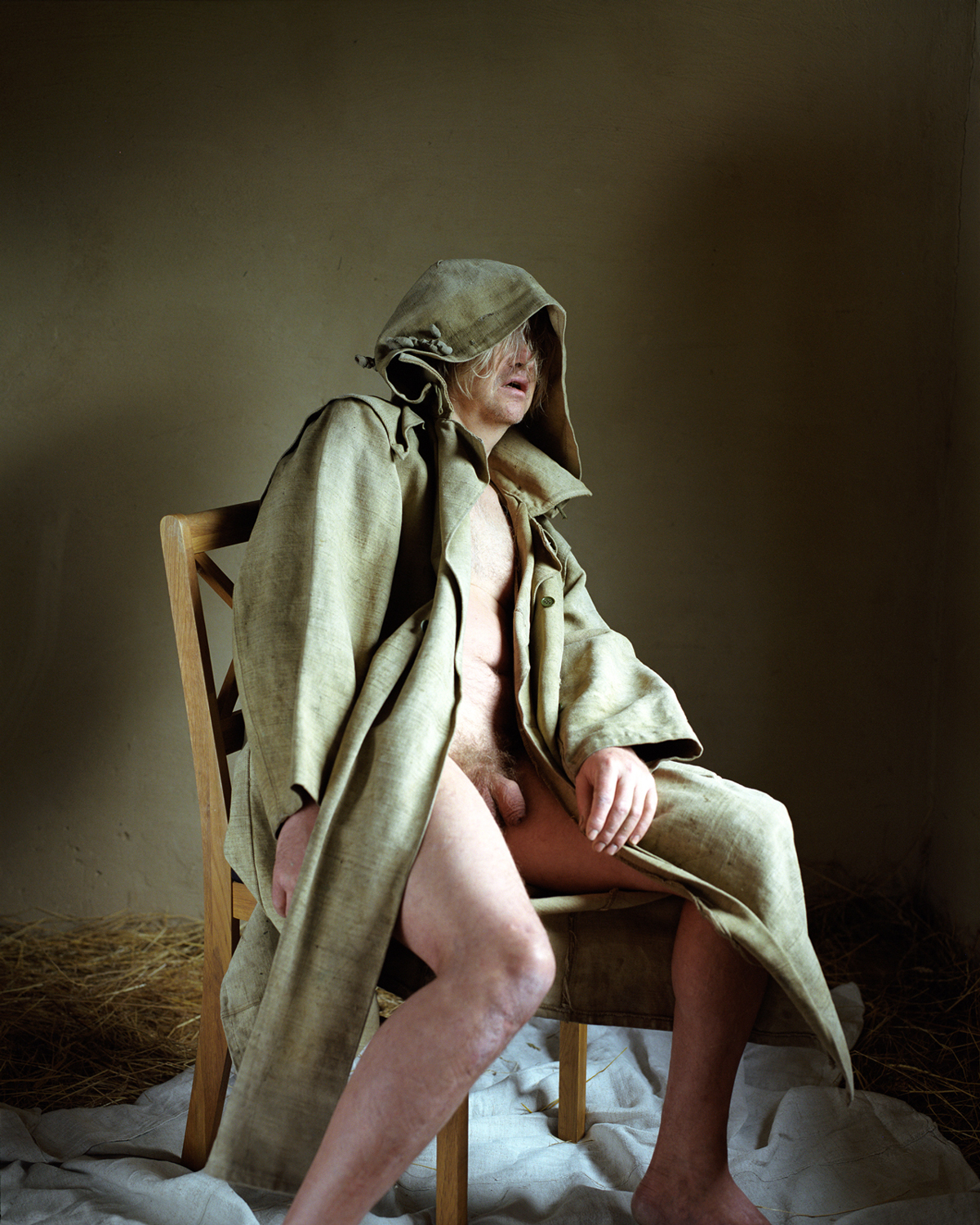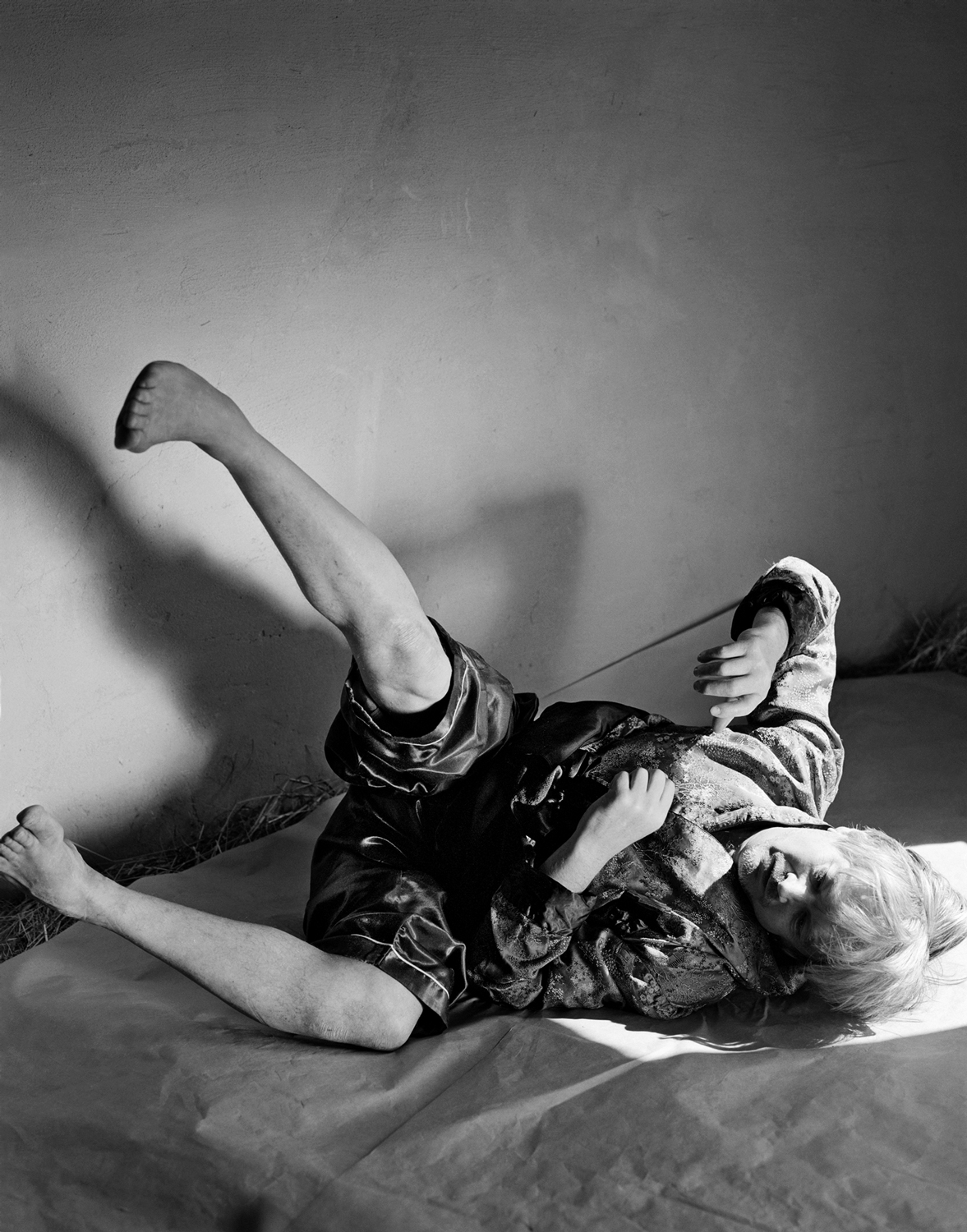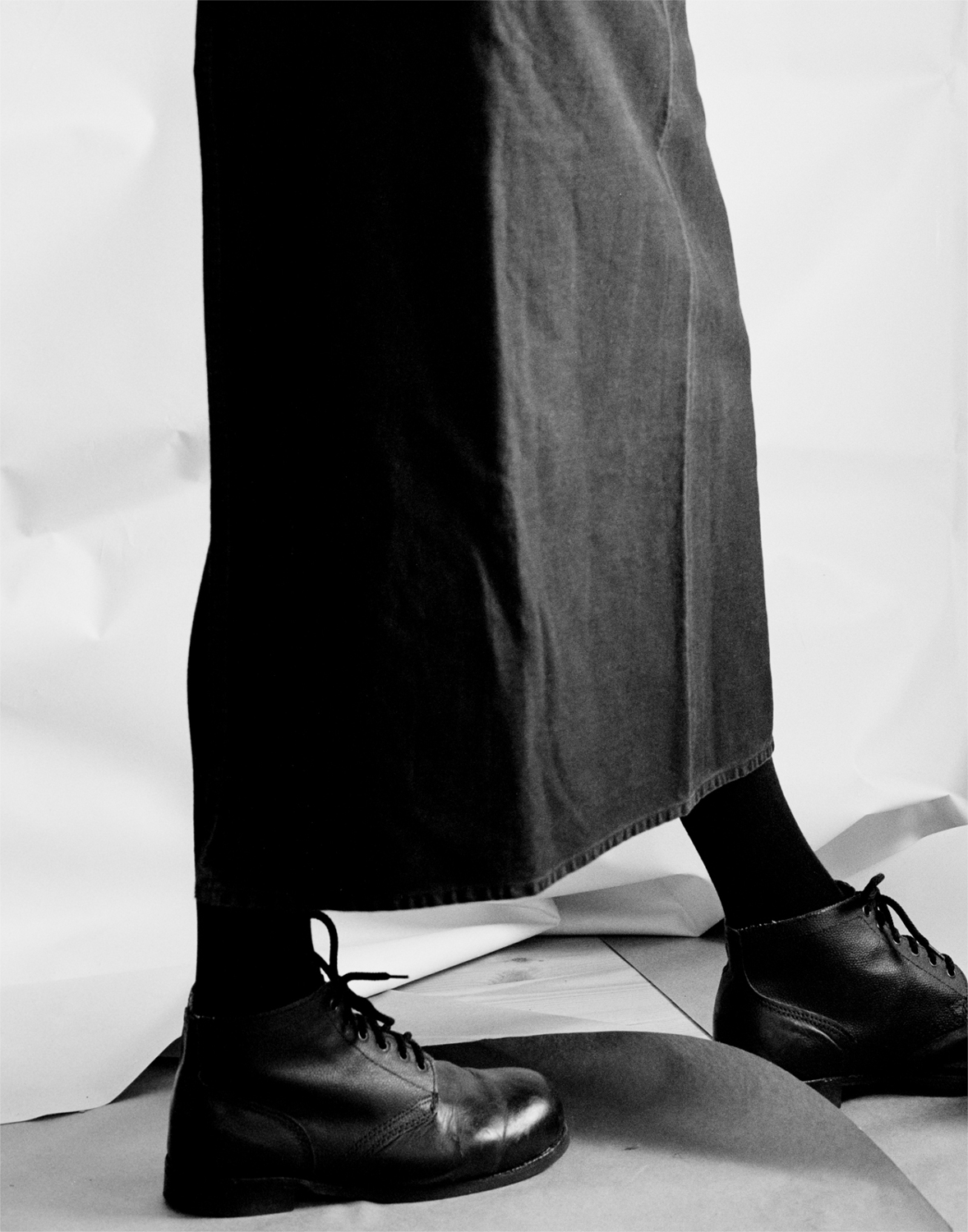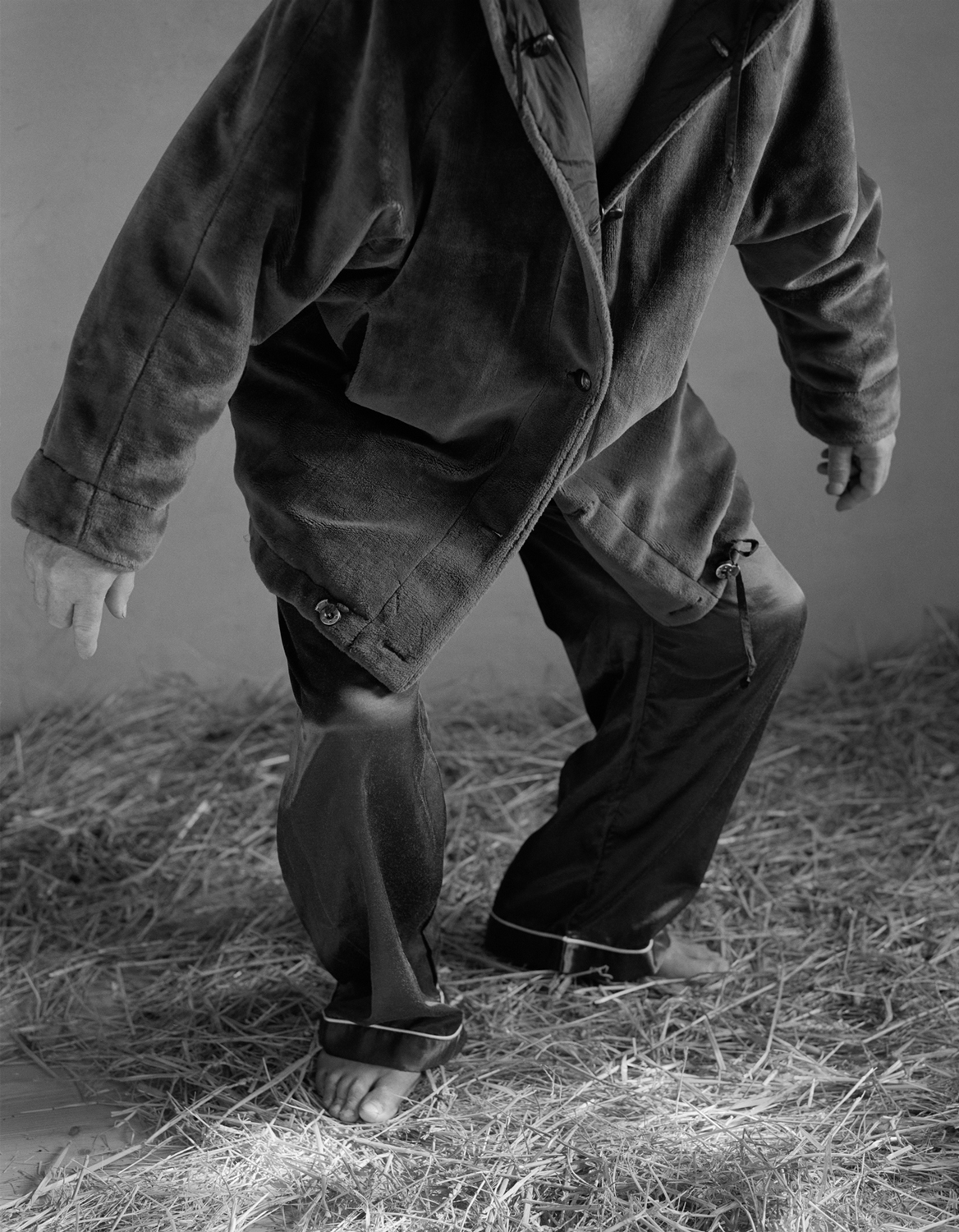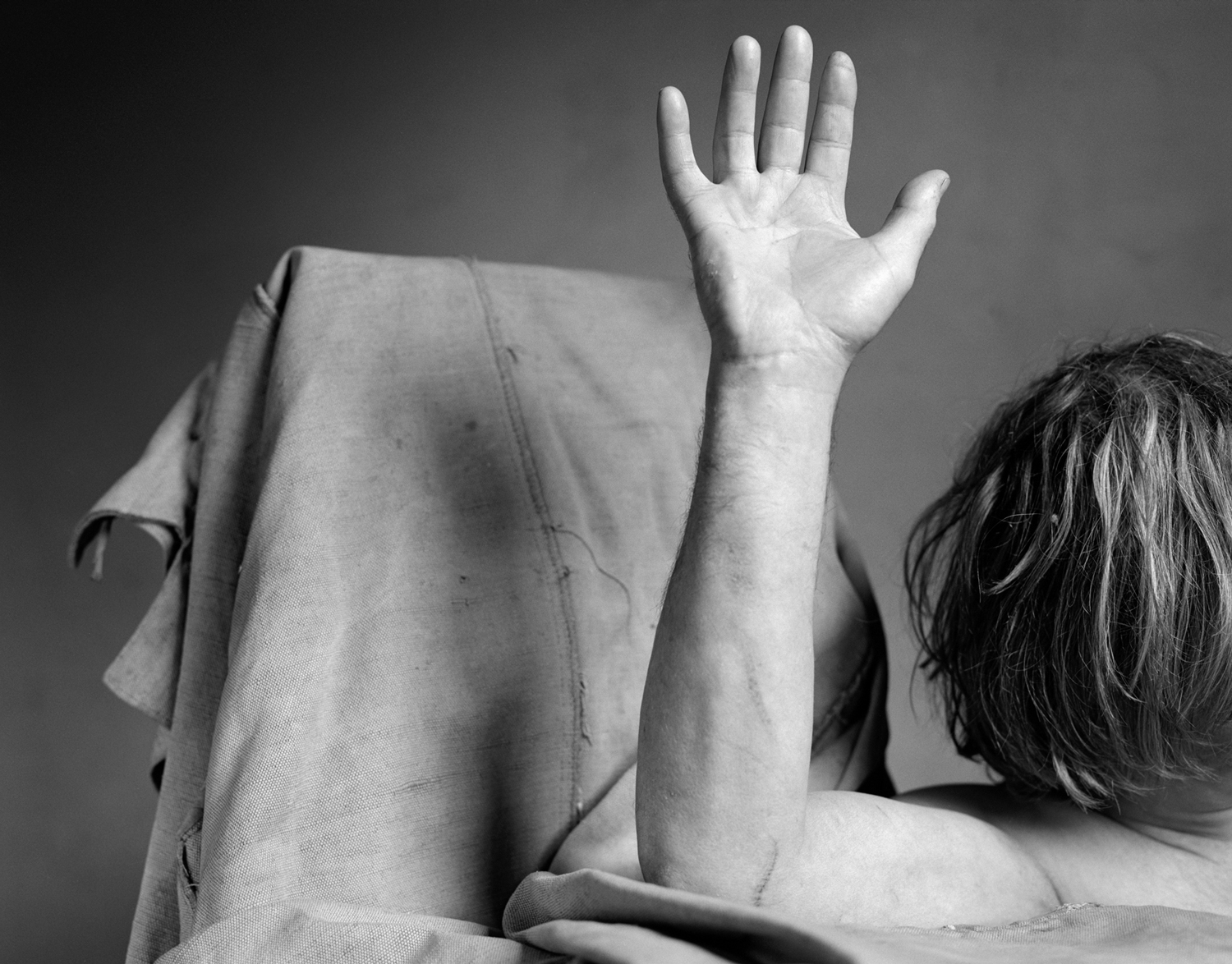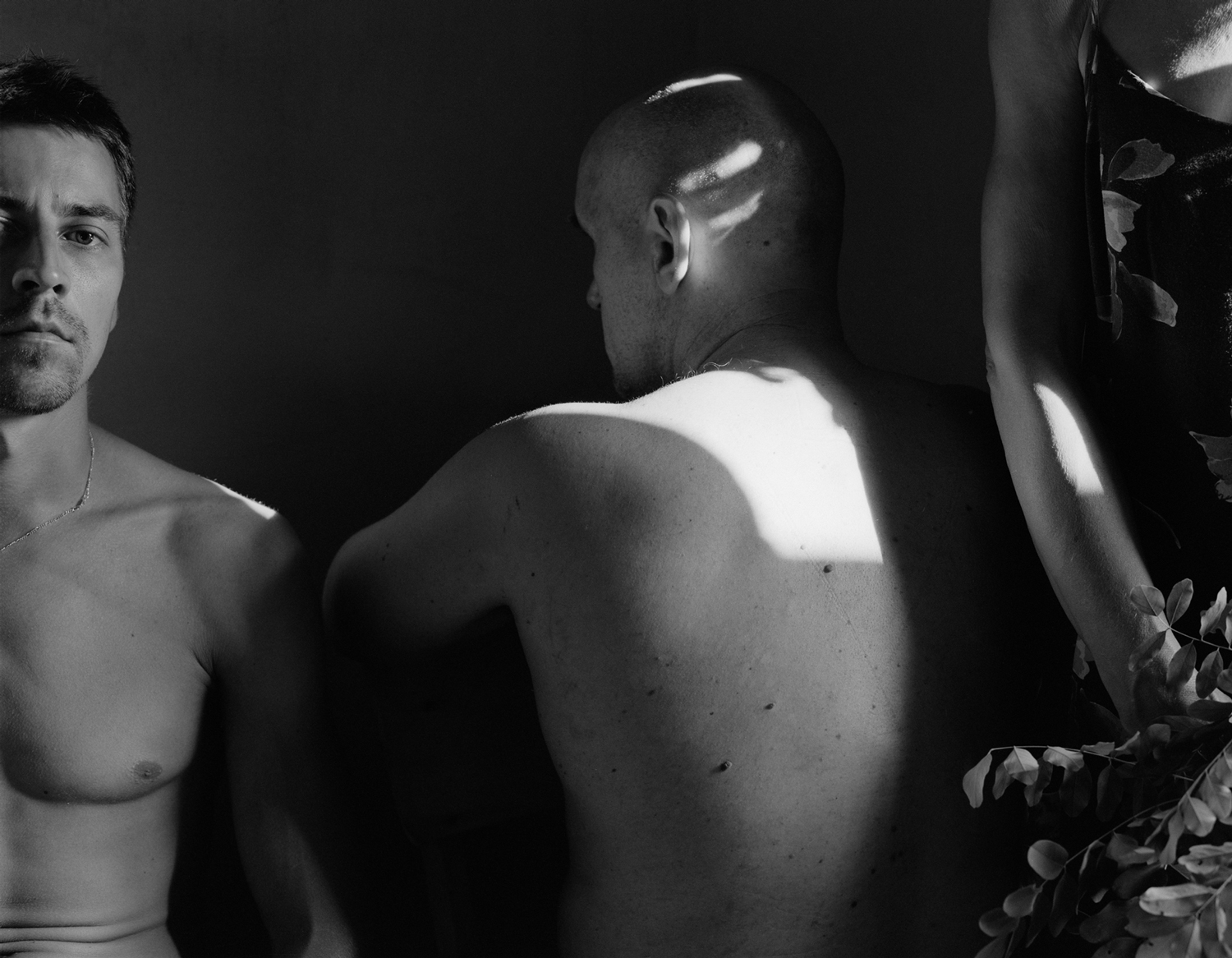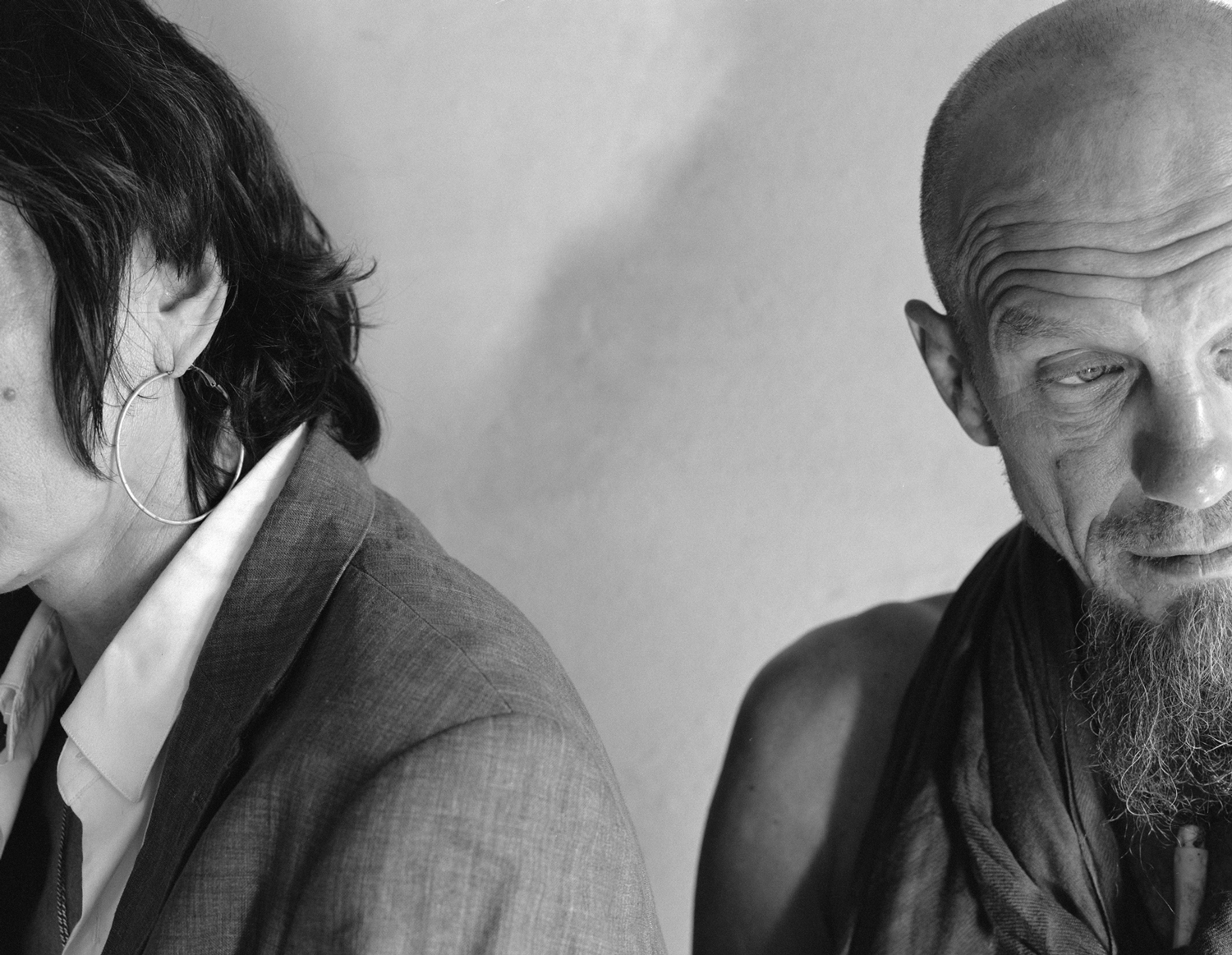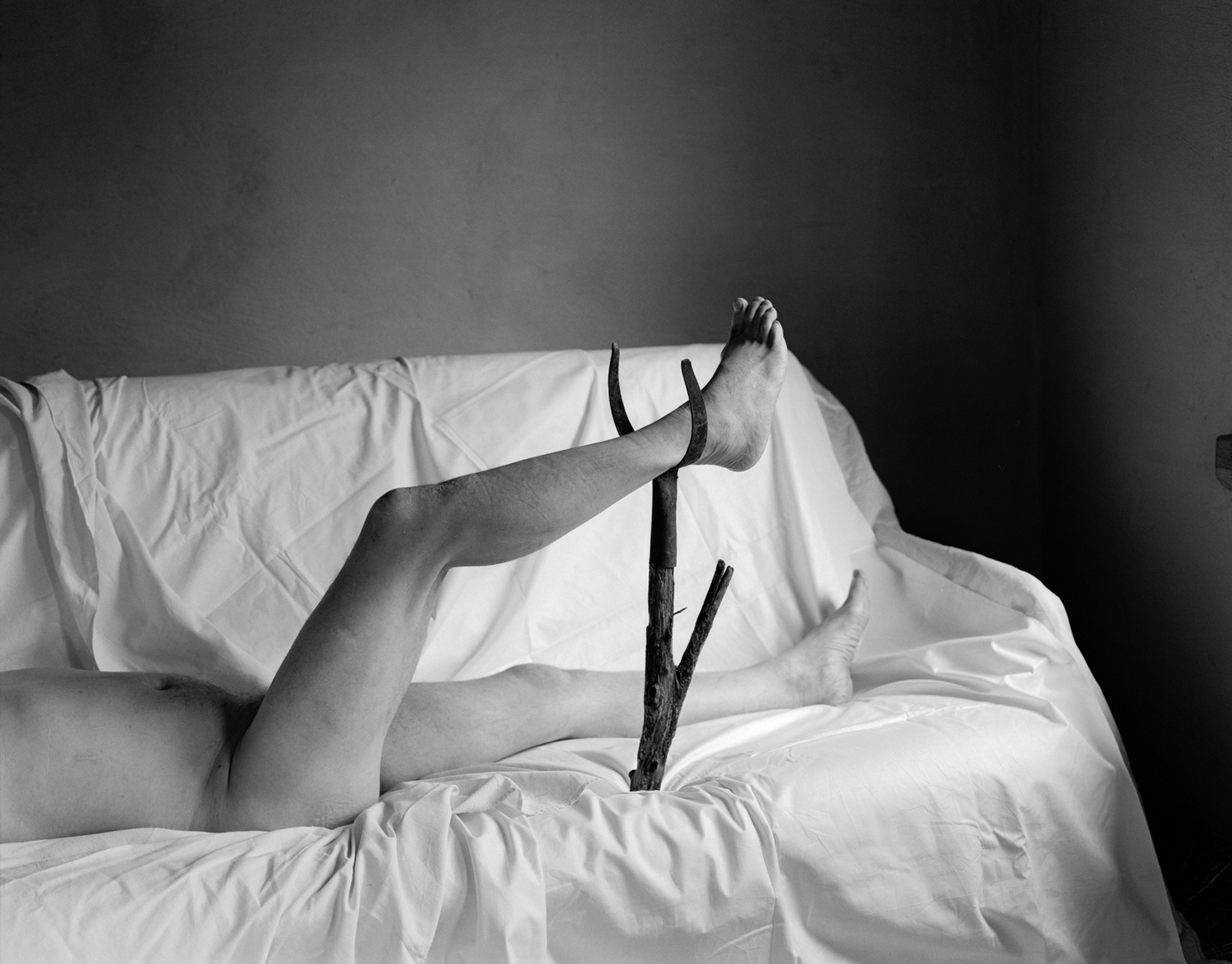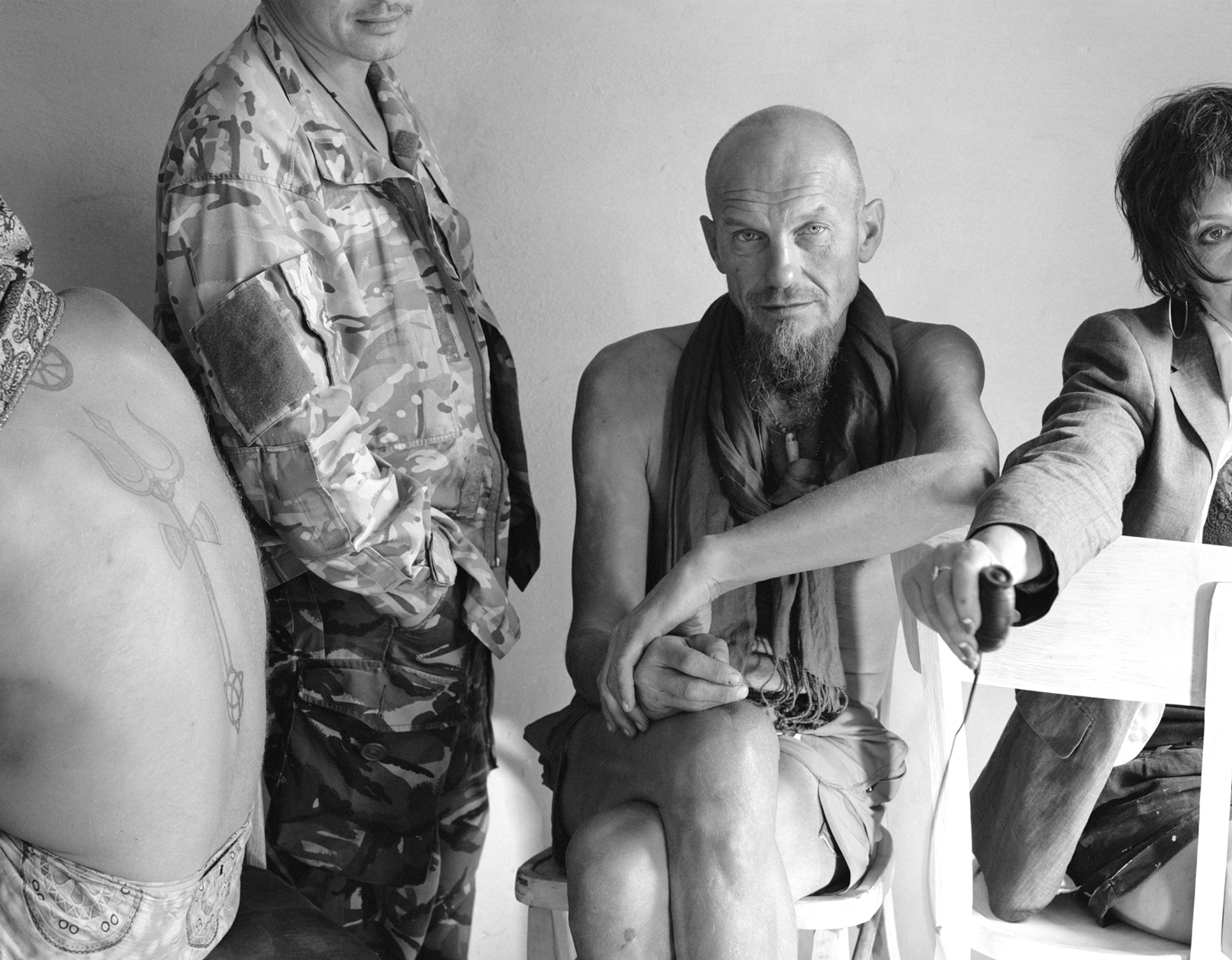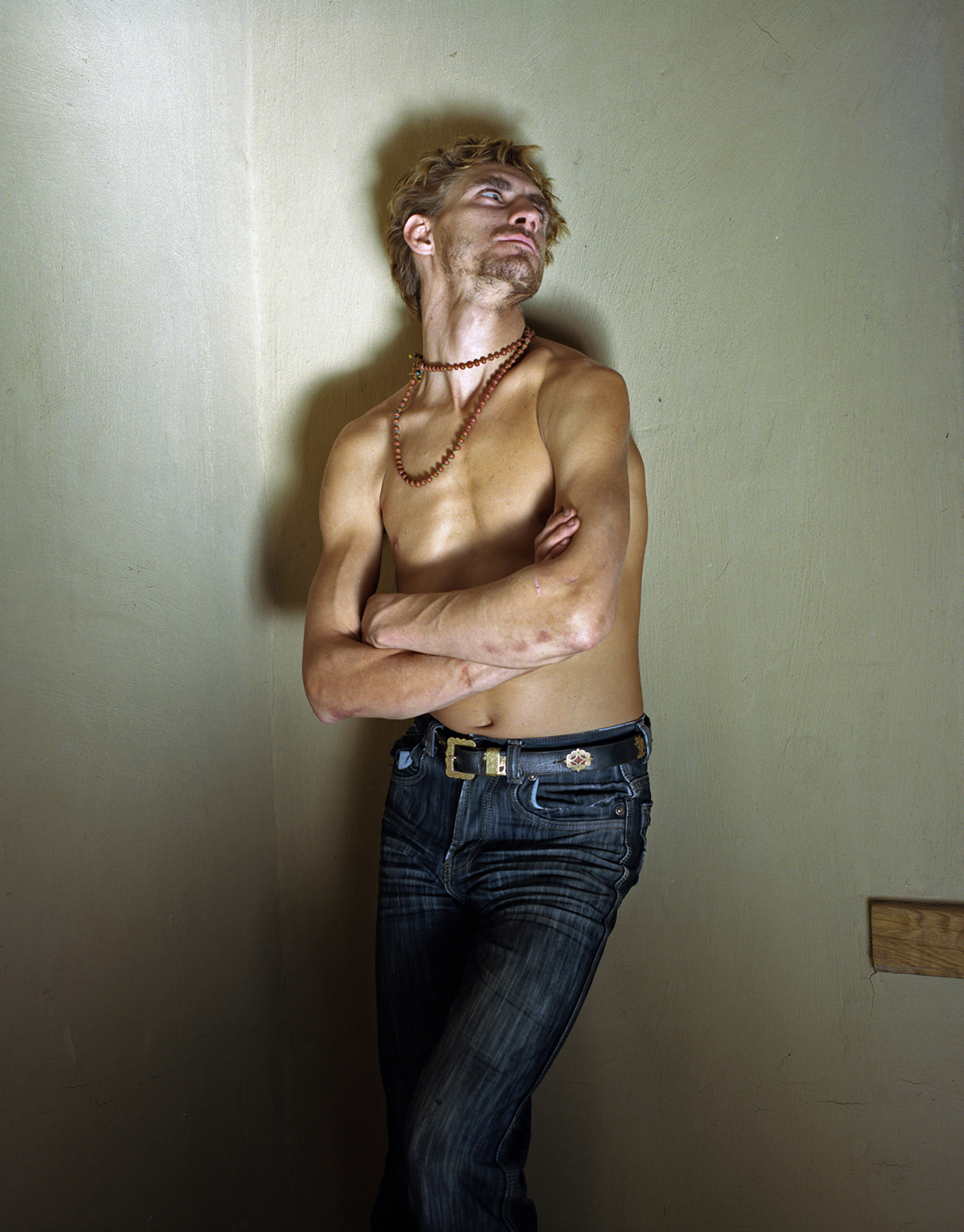Martha Friedel
Artist Feature
Every week an artist is featured whose single image was published by Der Greif. The Feature shows the image in the original context of the series.
Yana Kononova - As if Lola
Oct 23, 2019
Polish playwright Vitold Gombrowich writes in his work ‘Diary’ that one is not only oneself, but also pretends to be oneself, and if one abandons acting and theatricality and throws it into the trash, then a tree will spring up on that trash heap that is itself is a fake tree.
‘As if Lola’ – is my reflection on the ambiguity of this statement.
My heroine is the woman named Lola. I am fascinated by performativity of her sexuality which escapes from certain patterns and renders some kind of uncertainty or ambiguity. It is impossible to say that she follows some gender roles, but at the same time she is not a representative of a contemporary emancipated culture.
The surrounding her landscapes are the second subject. I am curious how the rugged coastline, abandoned flowering garden, ravine bottoms, which has become a bizarre scene of tree growth, can visually enhance the idea of the series.
Artist Blog
The blog of Der Greif is written entirely by the artists who have been invited to doing an Artist-Feature. Every week, we have a different author.
Published in:
»Der Greif #12«
“Le Dépeupleur”
Oct 29, 2019 - Yana Kononova
“Le Dépeupleur” is a study of masculinity images, which formed the basis of my book. It’ll be published by Enko Press this year. In the work on the book, I attempt not to be guided by any notions of masculinity – be it from contemporary theories (Gender Studies and Psychoanalysis) or the popular visual culture with its stereotypes. I try to proceed from an ideologically and aesthetically unbiased position, motivated by the question: what does it mean to be male-bodied?
Since the subject is intentionally not defined previously, the only possibility remains to explore the space of research itself – the advancing by the touch, marking and orientation through intuitions, sensations and ideas. Therefore, the title and the mood of the series refer to the novel of the same name by Samuel Beckett “Le Dépeupleur”. The novel develops the idea of a closed space that stimulates different – and even absurd – bodily activities and manifestations. For this specific “athleticism” of the body, a space is not an object of external cognition or overcoming, but it is associated with the logic of self-consciousness as the body’s own performative capabilities.
Figure and Sensation
Oct 28, 2019 - Yana Kononova
I’d like to keep talking about my work on “Le Dépeupleur” series.
To comprehend my experience, I refer to the work of Gilles Deleuze “The Logic of Sensation”, in which the set of concepts for exploring the connection between the visual and sensation has been proposed.
The sensation in Deleuze’s sense is opposed to the dramatic, thrilling experience. The sensation is the movement on the spot, contraction and spasm in which “elementary athleticism” is born. It is different from classical athleticism overcoming the space.
The language of sensation allows you to avoid the enlivenment of the narration that correlates the experience with certain meanings. And this is the way to give the image a more immediate reality at the same time. The logic of sensation implies a Figure as its own element – the performer at the stage.
The Figure is the sensible form related to the sensation.
So the man is the Figure. The Identity is the Figure. This Figure stands, sits, lies, makes an effort or abandons it. The Figure acts on the stage or arena. The Arena is the way of isolating the Figure. But it does not limit, but, on the contrary, provokes the Figure to the specific action – to study the place and itself through various poses, movements and gestures. The means of isolation are elementary – a hay, a paper, a chair, a sofa, a room box. The arena forms the field of action. The Figure is freed from being the element of narration through the factualness of the place with which it is physically connected.
The only play that is performed on the stage is the effort or expectation.
Figure and Identity
Oct 26, 2019 - Yana Kononova
And at the end of the topic about my work on “Le Dépeupleur” series, I’d like to speak about an identity in its context.
An Identity as a symbolic procedure can not function outside of a particular narrative. Within the framework of my work, the identity is the specific relationship between the Figure and the narration that always arises as an effect of the Figure’s action on the stage.
The first narrative – the character of the heroes, gender etc.– can not be eliminated, it is always preserved. But there is the second one – that arises as a result of the Figure’s action. After all, the presence of the Figure in the visual field, one way or another, is the restoration of representation, the reconstruction of the narrative mode. But these two narratives are completely different and the first is just not “real” enough.
Thus, the conversation about an identity can be resumed at this second level, where an identity is recreated through means that are dissimilar with the actuality: the “fur figure”, for example, gives the impression of something very typical for the East European province, where I am living, but details is taken from a completely different context – a plush and a satin does not match with real clothes. The similarity is supported by the dissimilarity – it appears as an unexpected consequence of completely different relationships than those that it should reproduce. It produced rather by the power of sensation. A procedure of an identification does not imply a correspondence with the actuality, with which there is a break for the deeper resemblance.
Study for an Assembly of Figures
Oct 25, 2019 - Yana Kononova
Already between the two figures presented in a visual field a narration arises invariably.
What could be the connection between the figures which would not be narrative? For example, in the Cezanne’s Bathers, various figures rather assist each other in the same physical manifestation, than tell a story …
It is possible that such another connection between the figures was also proper to the classical painting, since the story, which ties figures, is beyond the scope of its own tasks.
In the work on these group portraits, I focused on the physical presence of several figures in the frame. I was motivated by the idea of bas-relief, the rhythm and structure of which, I think, allows me to use and explore the relationships I am interested in.
Art historian Alois Riegl defines the idea of bas-relief as follows: bas-relief carries out the most rigorous coupling of eye and hand, since its material is a flat surface; it allows an eye to touch and even prescribes a tactile or rather a haptic function to it. Haptic (from the greek ápto – touch) does not mean an external connection of eye with touch, but a type of a vision other than an optics. Bas-relief achieves the unification of these two feelings, touch and sight – the Earth rises to the Sky. The carrier of the haptic function is a frontal examination from a close distance, because the shape and the background are on the same plane – on the surface – equally close to each other and to us.
Such the close frontal gaze may allow us to perceive some other connections and relations between the figures exept the narrative meanings, which arises as the effect of their very presence.
Vigilambulist
Oct 24, 2019 - Yana Kononova
How does an image emerge? What are the conditions for this? How can an image function outside the system of narration?
The term vigilambulist means a sleepwalker in the waking state. It was firstly used by psychiatrist Paul Sollier in his studies of hysteria. The clinical picture of hysteria, as it was formed in the 19th century, describes its physical manifestations: contractures and paralysis, hyperesthesia and anesthesia, the phenomena of hurry or, conversely, delay, autoscopy – the appearance of an illusion of looking at oneself as if from the outside. Autoscopy often becomes the motive for the developing of an artistic image – for Goethe, Maupassant, Dostoevsky.
Vigilambulism is a condition of unconsciousness regarding one’s surroundings, with automatism, resembling somnambulism but occurring in the waking state (Medical Dictionary for the Health Professions and Nursing). The philosopher Gilles Deleuze in his writing on the painting of Francis Bacon uses this type of wakefulness to conceptualize two methods of working with an image that differs from the classical method of narration. He writes about the function of the surreal dream, contraposing it with the specific vigilance – not a dream, but the blackness and insomnia, so the dreams themselves bounce off it, falling apart. If surrealism works with an image through fantasy and imagination, an arbitrariness of dreaming, the second method appeals to the hysterical reality of the body – the state of the impossibility, anemia, stupor, found in the vigilance, in the heart of everyday life.
The everyday life is wounded by the rupture between human and world. And the unbearable is not a catastrophe or a thrilling effect, but a permanent state of a daily routine. The experience of this rupture is becoming the specific “clairvoyance” – the vulnerability by something unbearable in this world.



